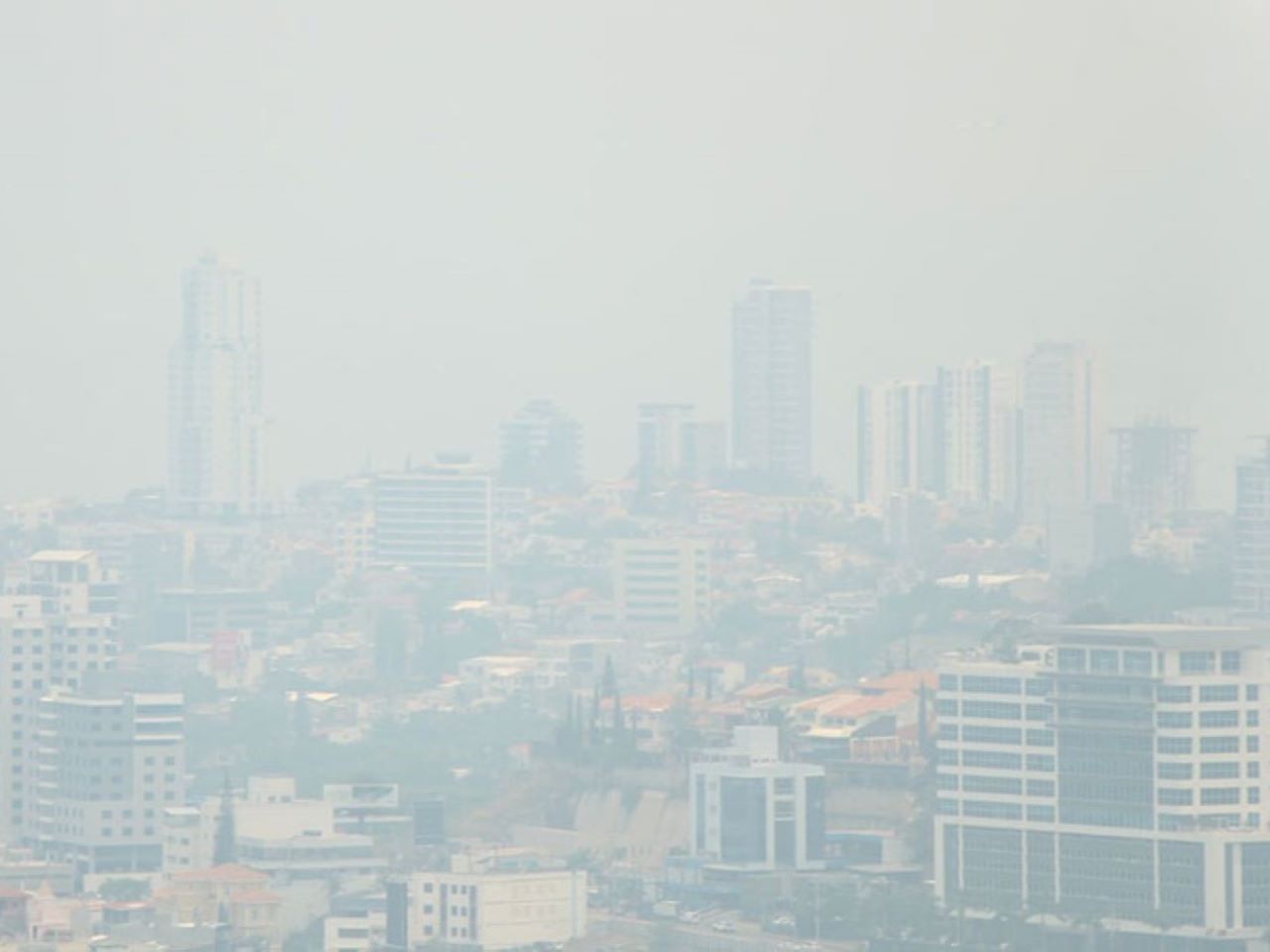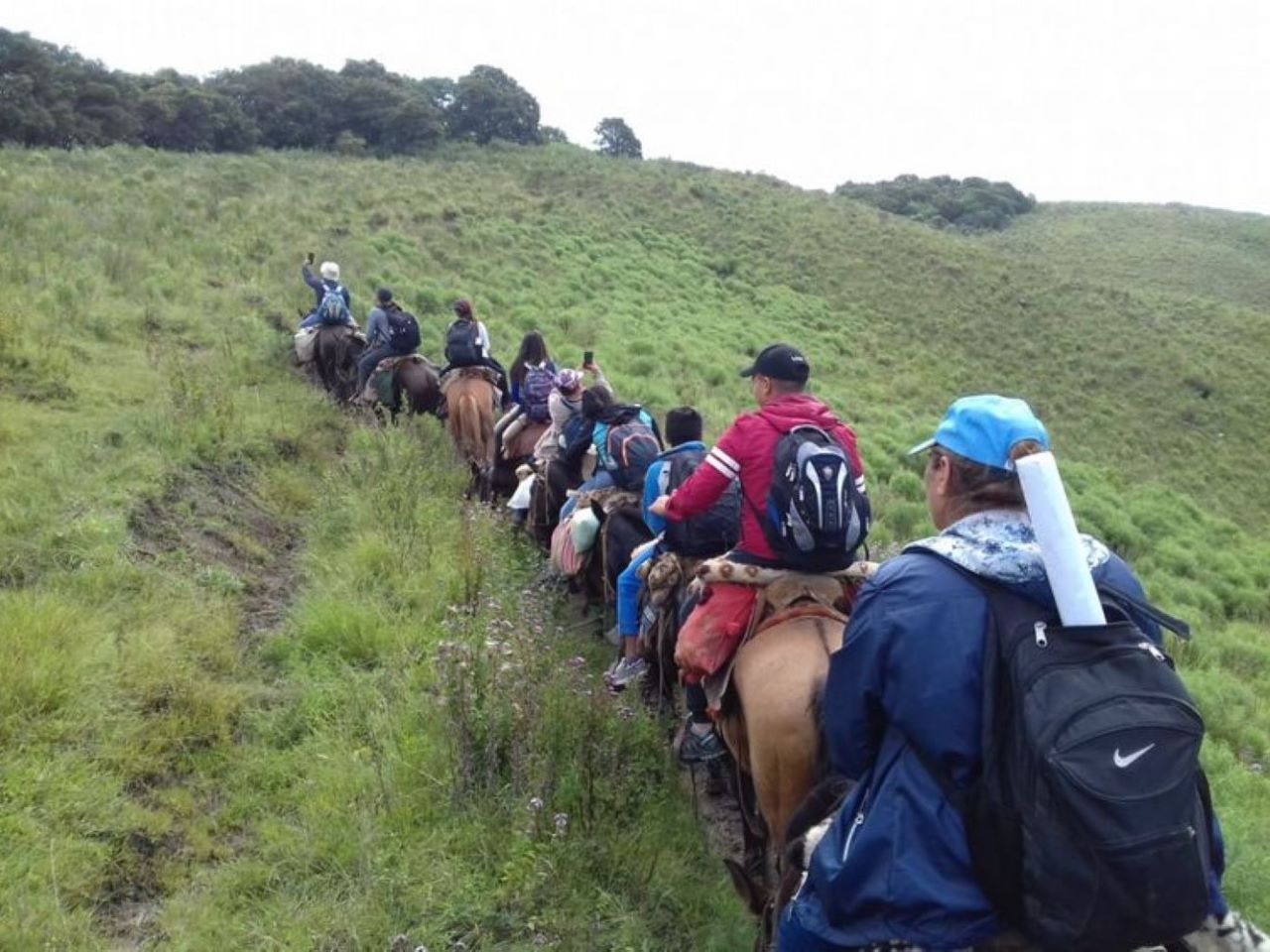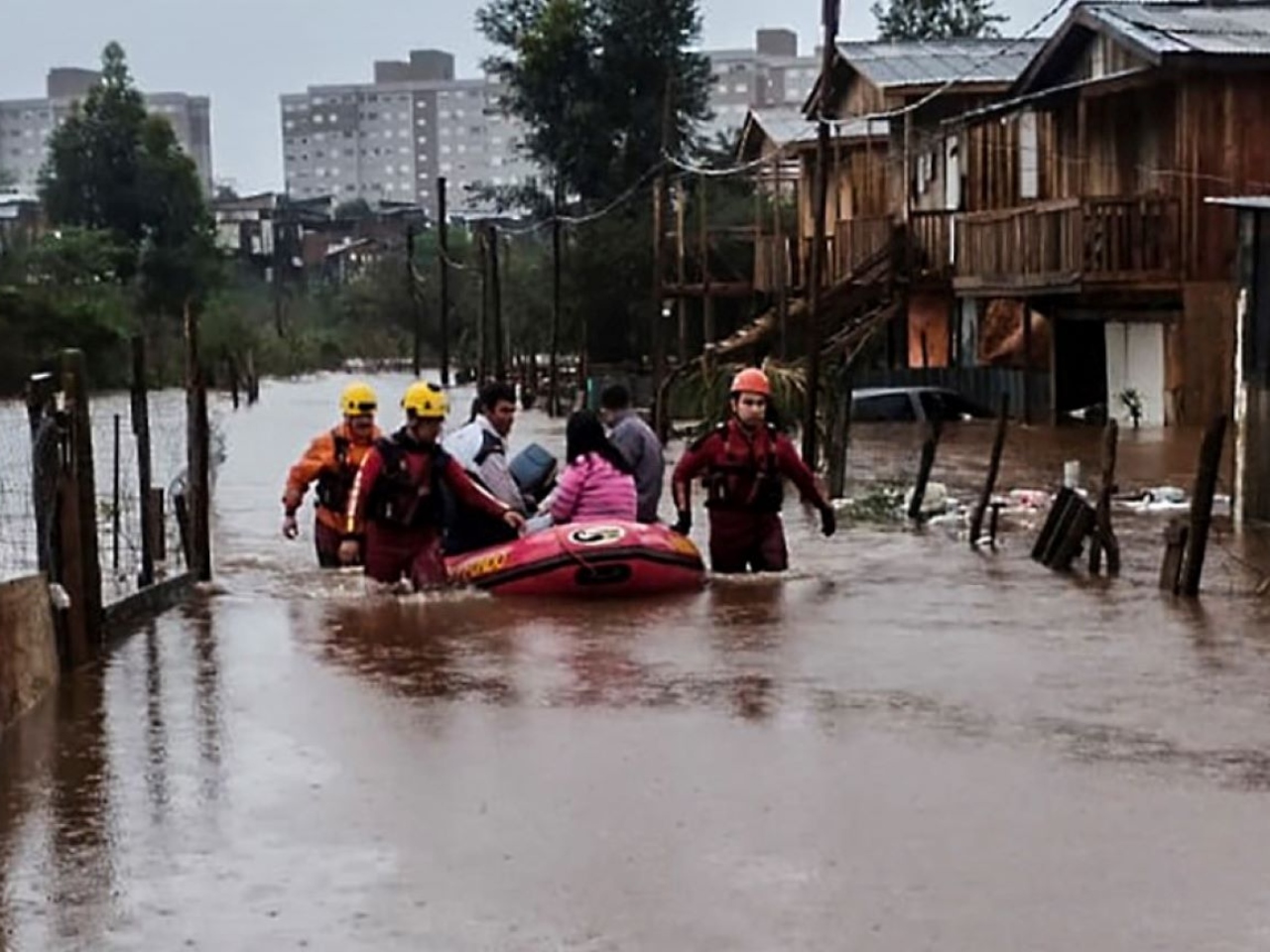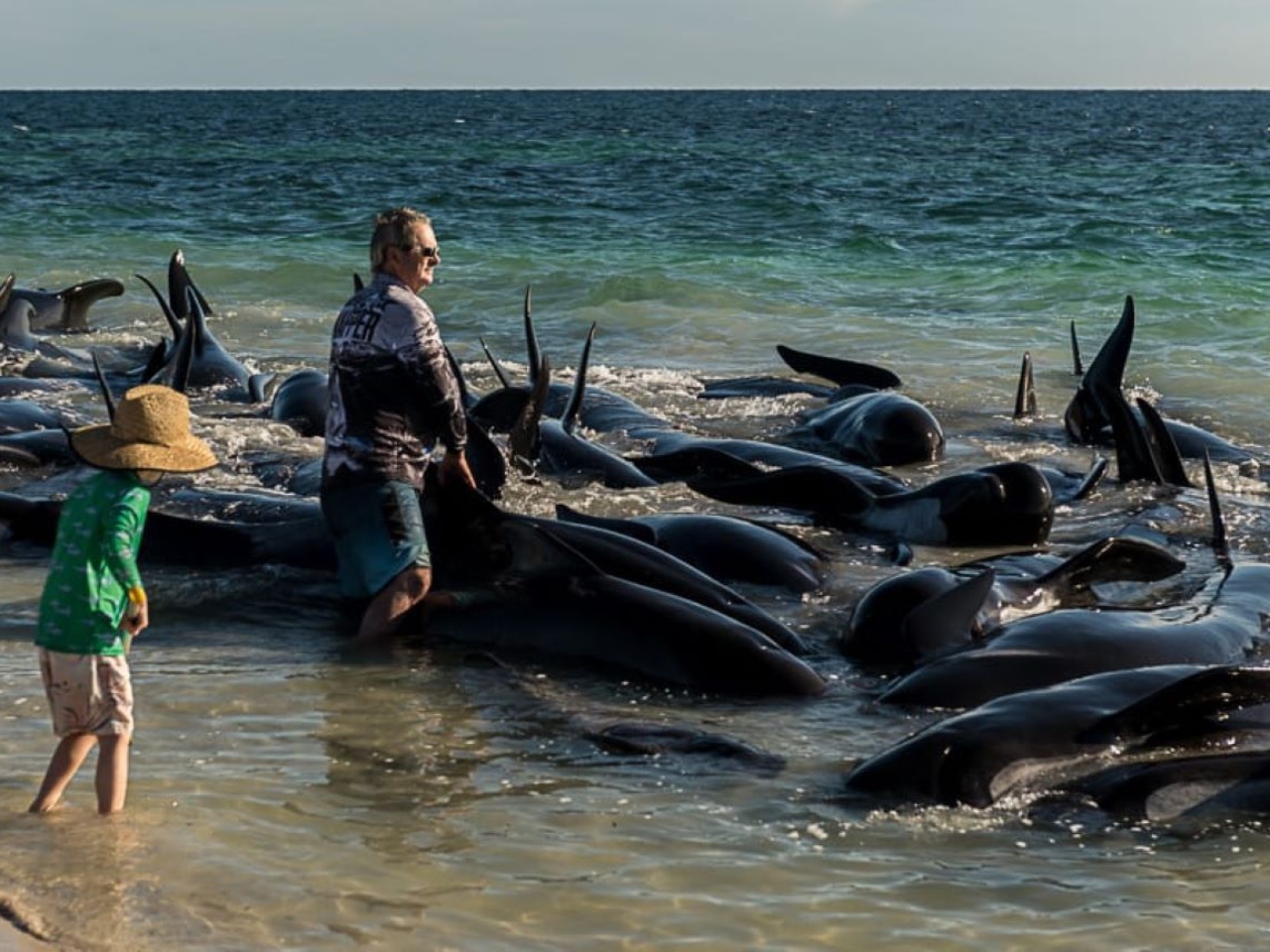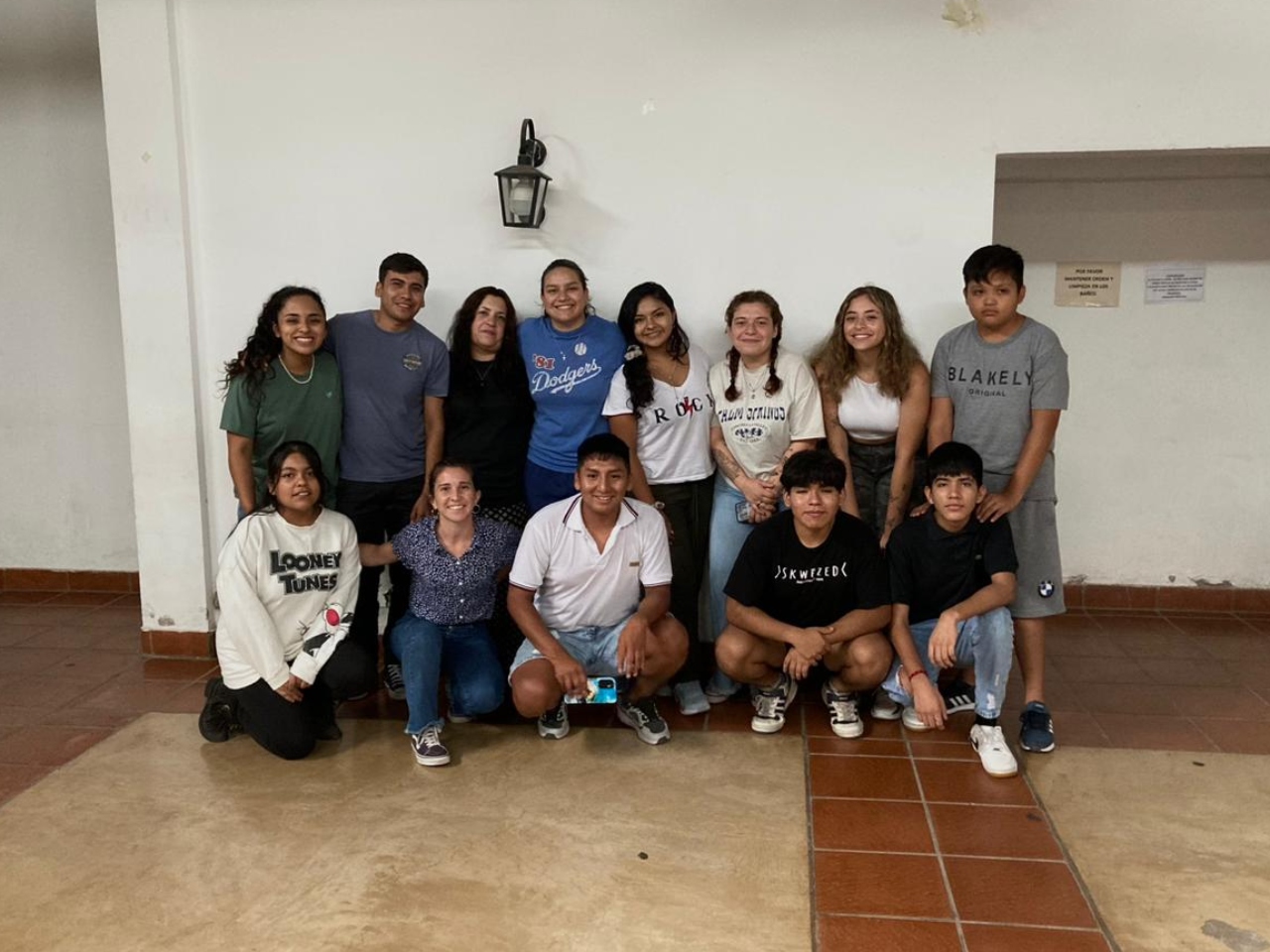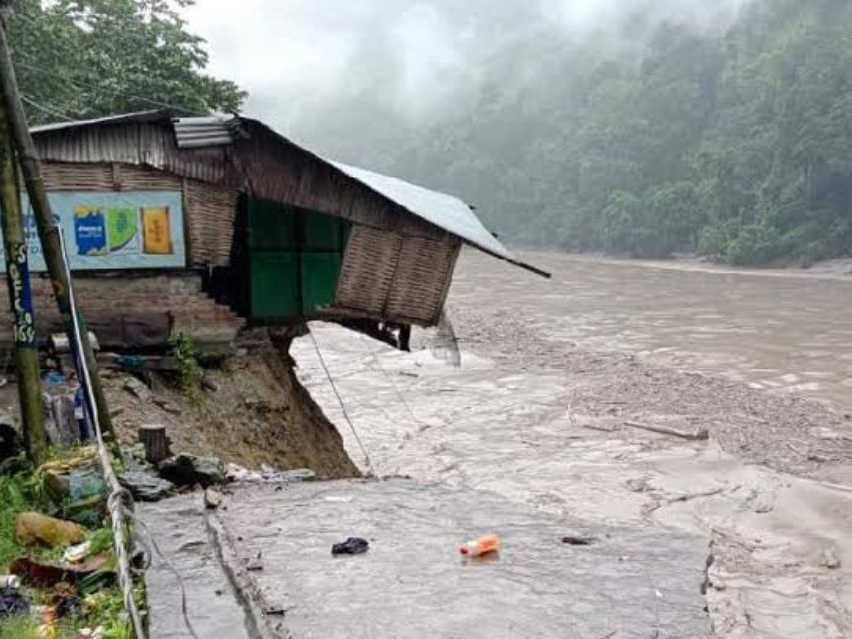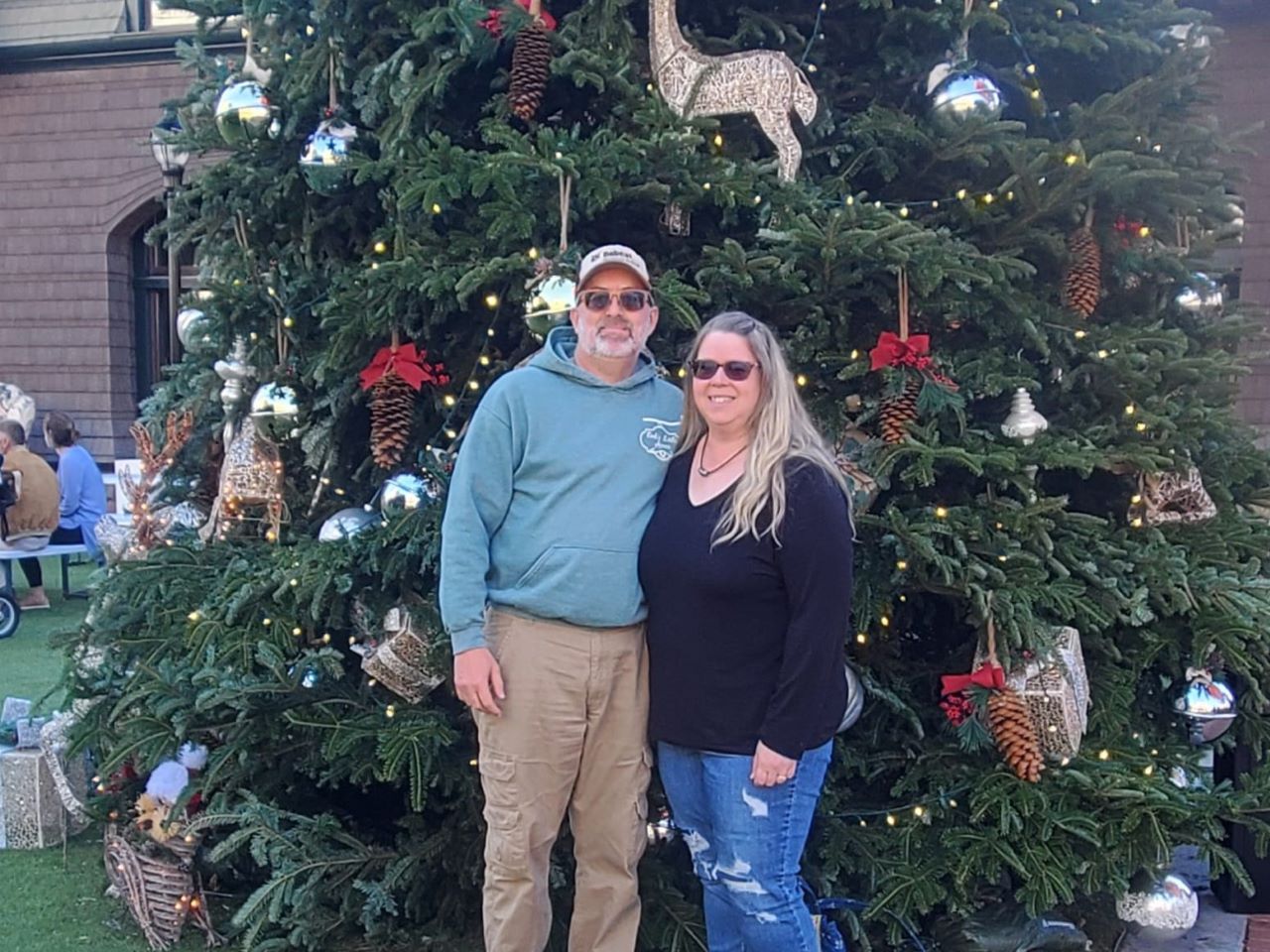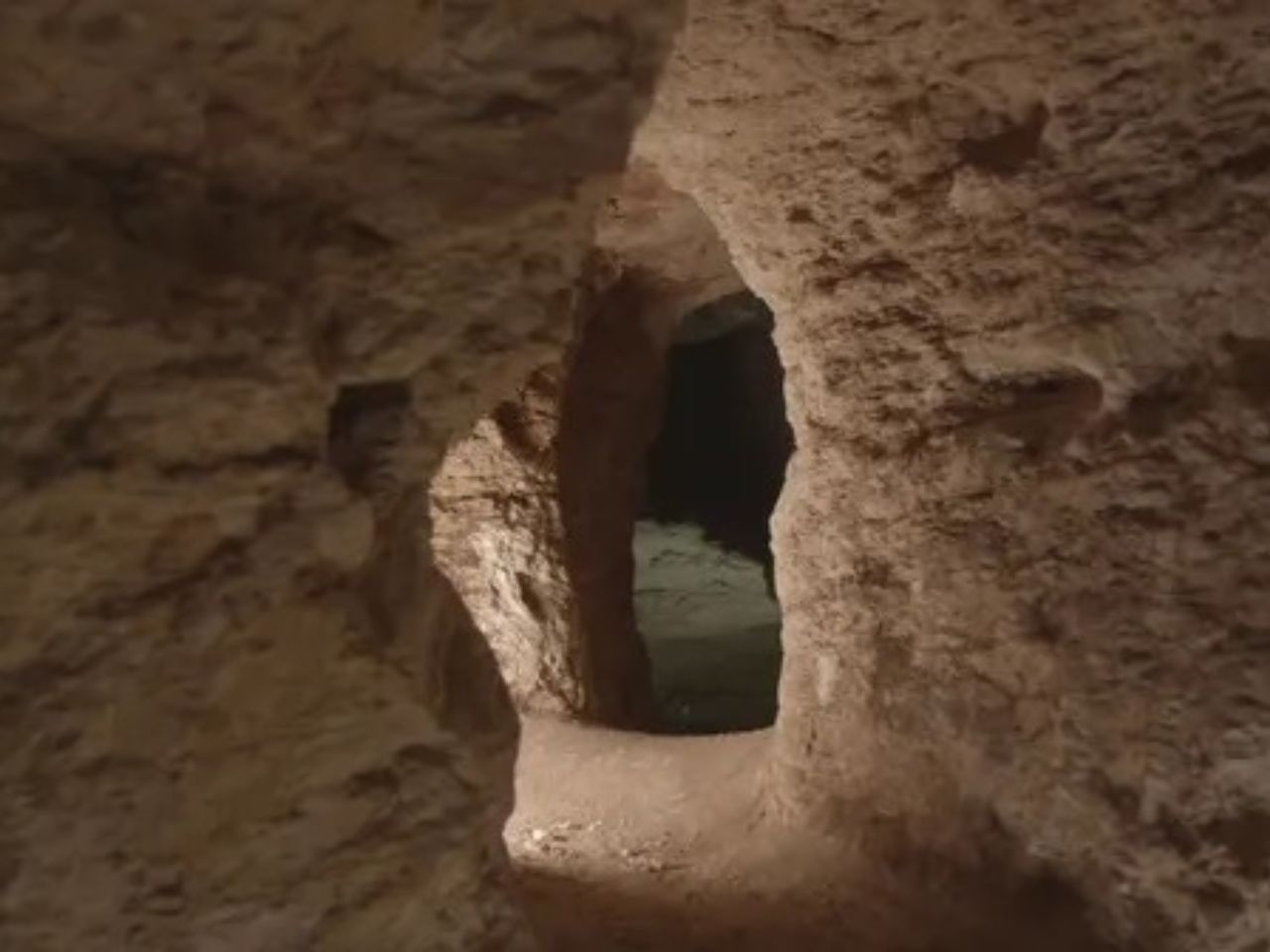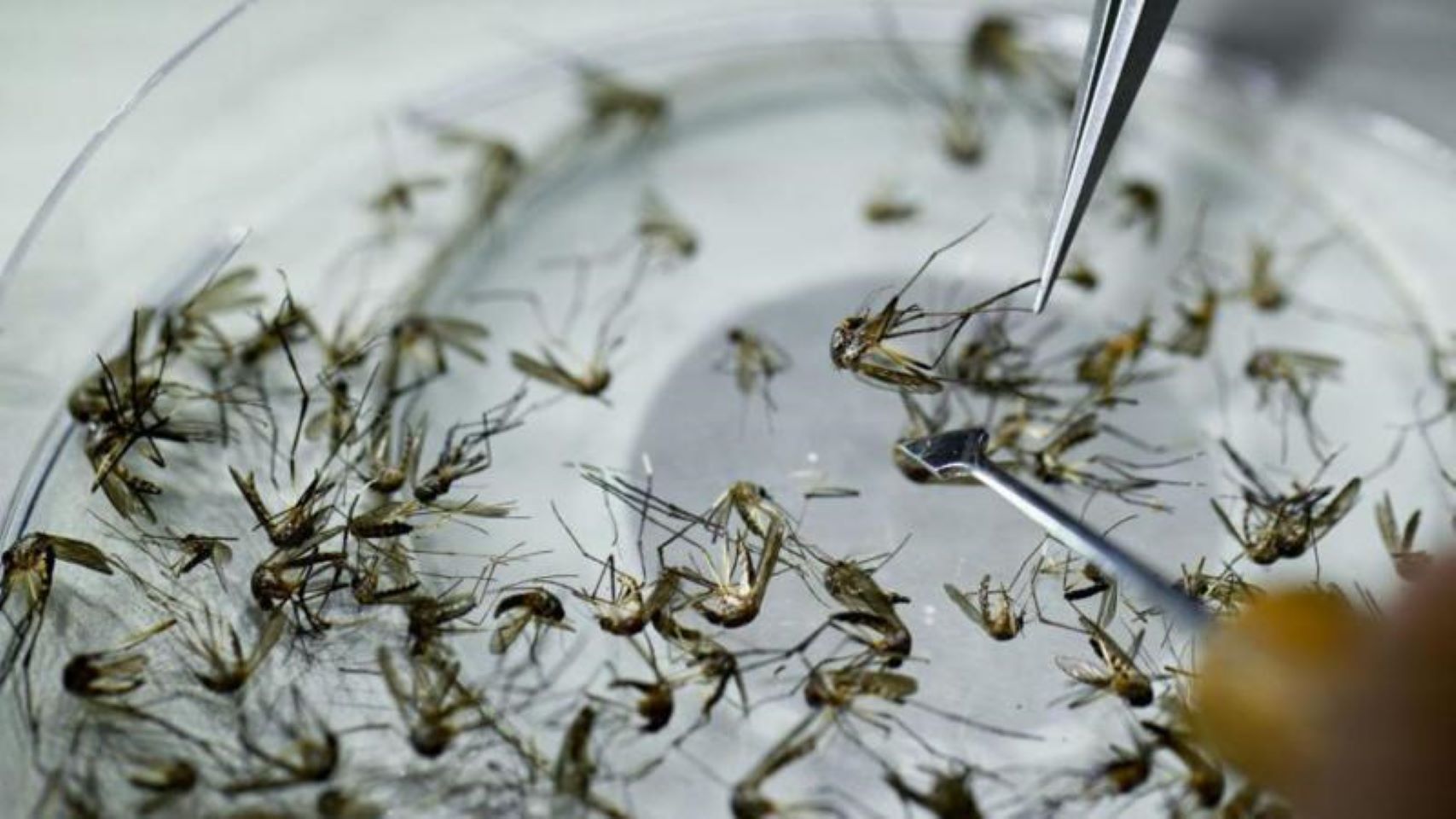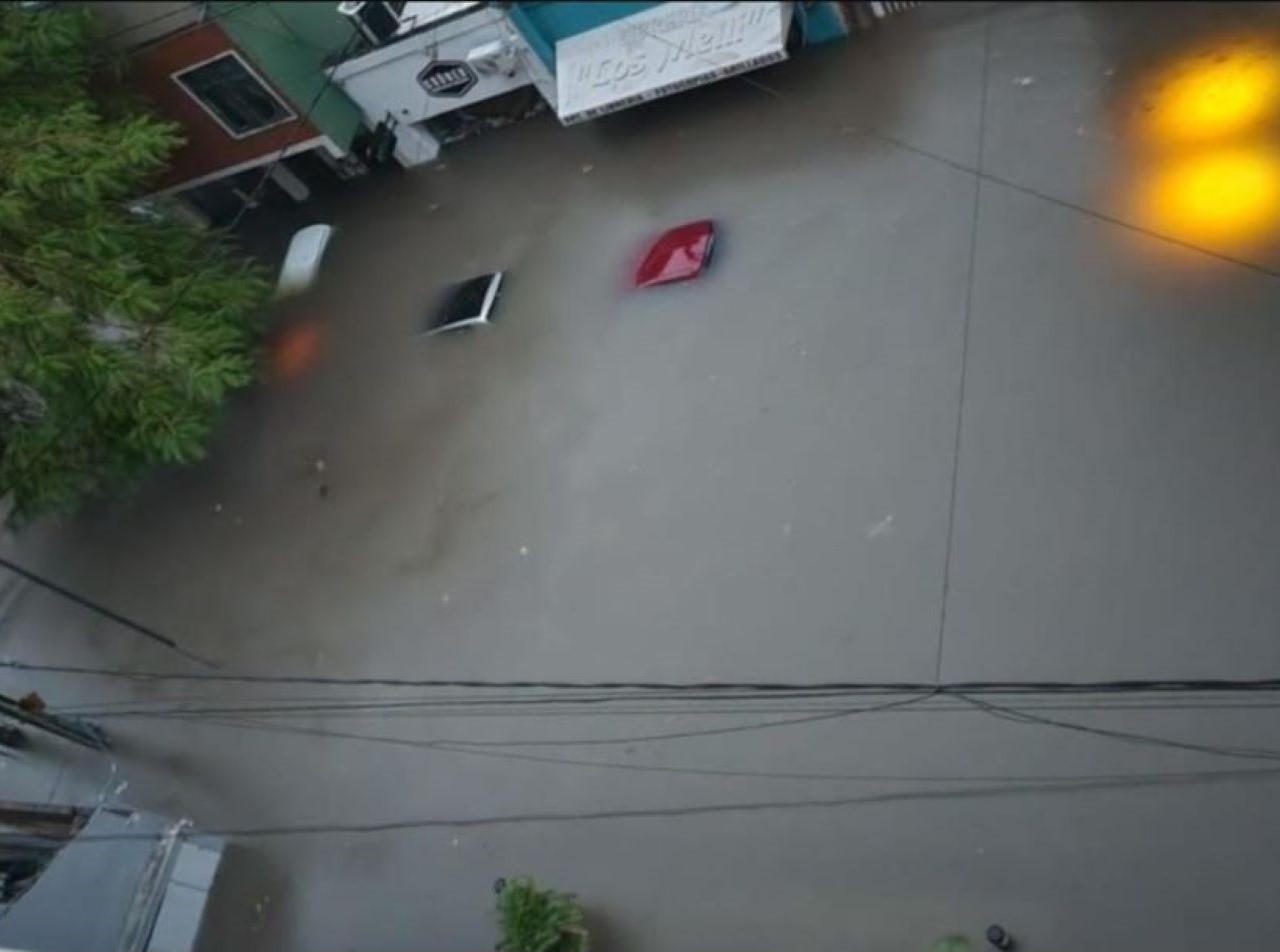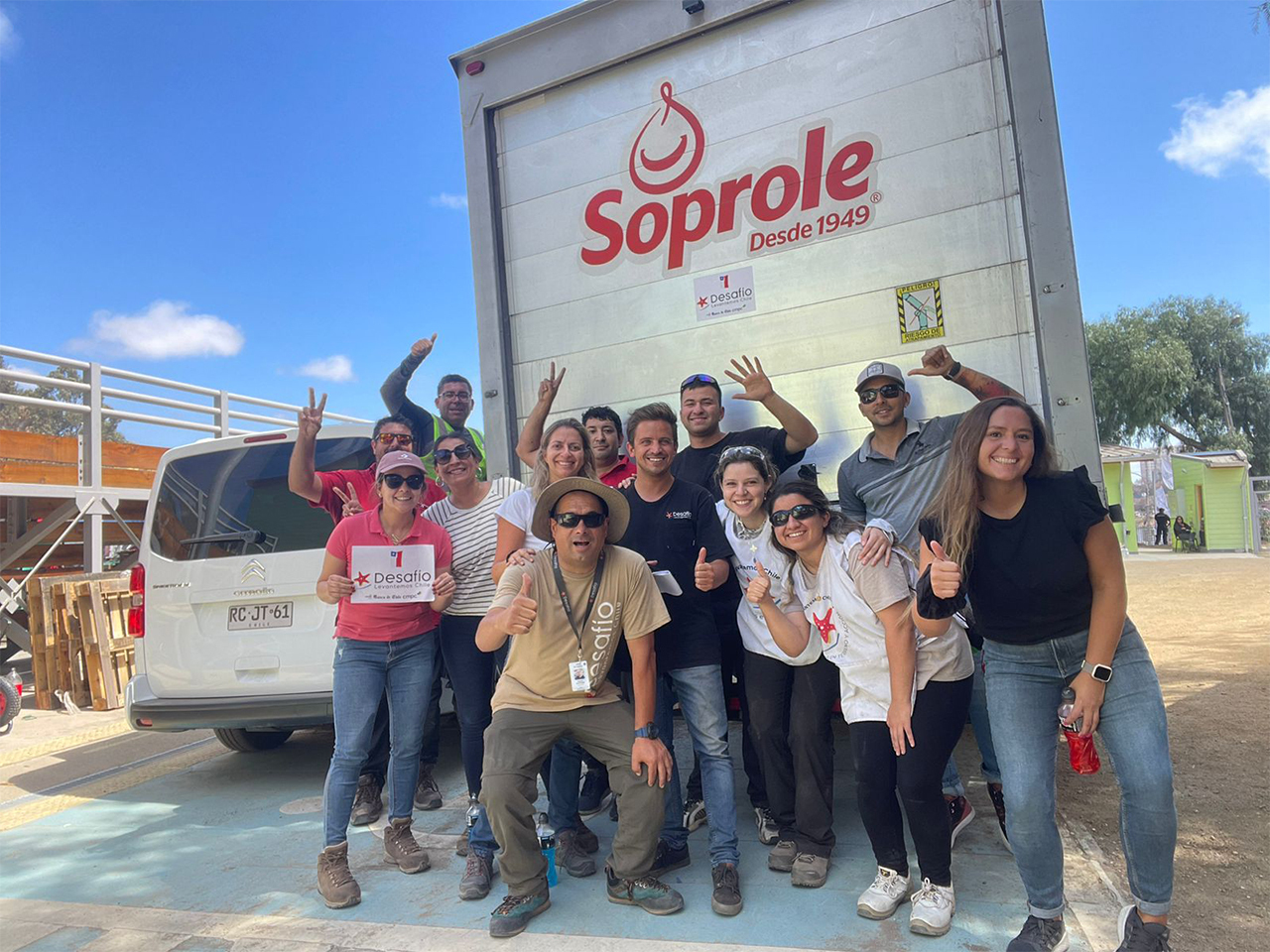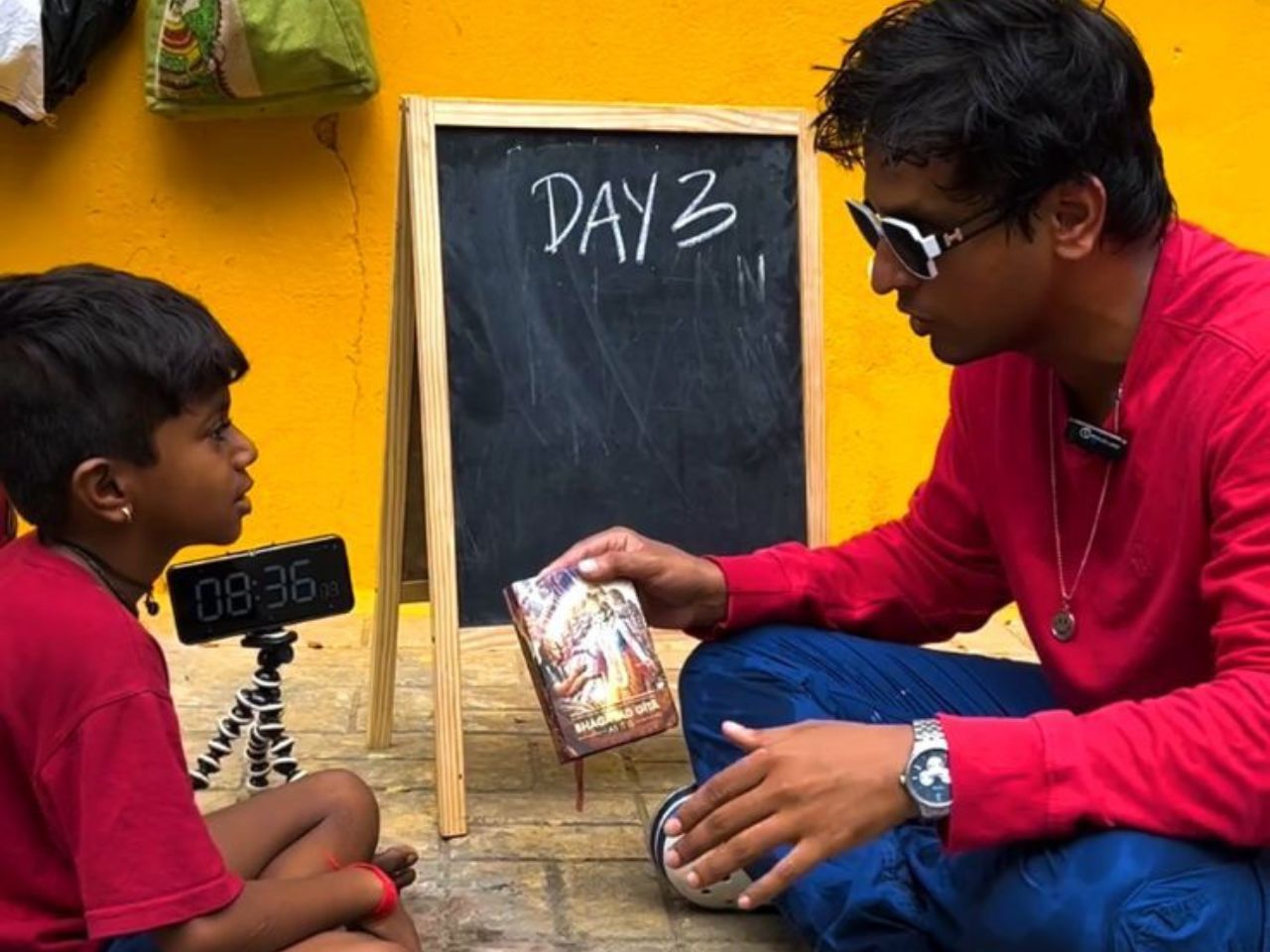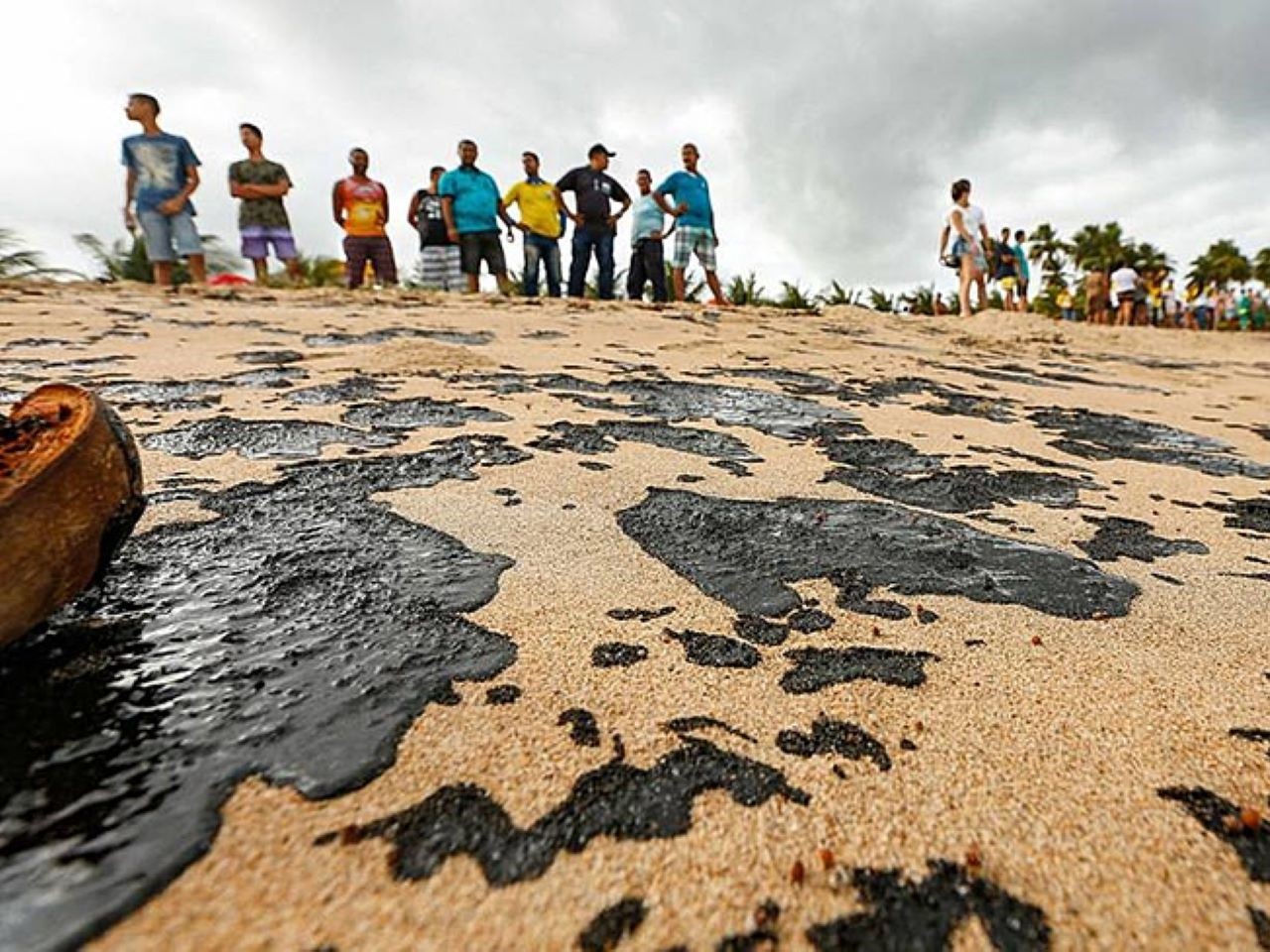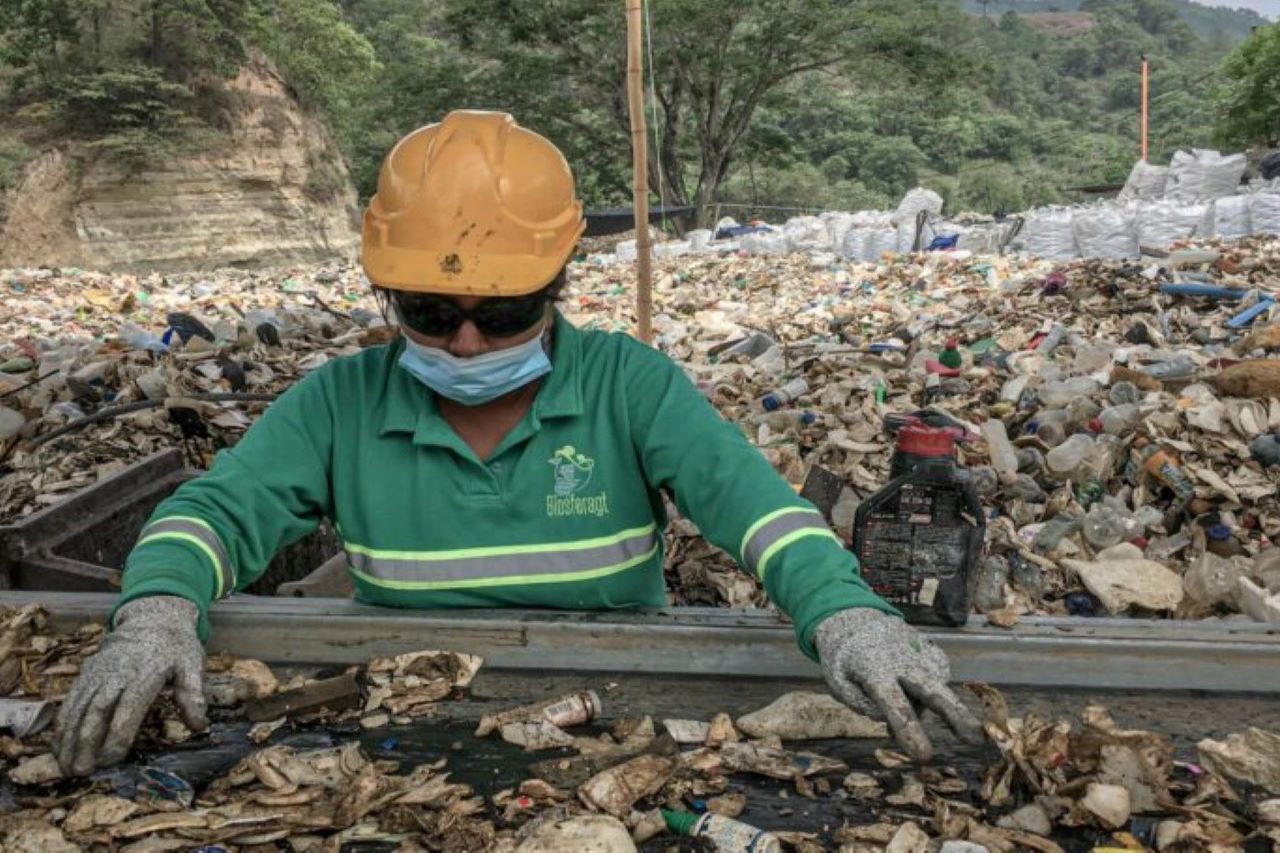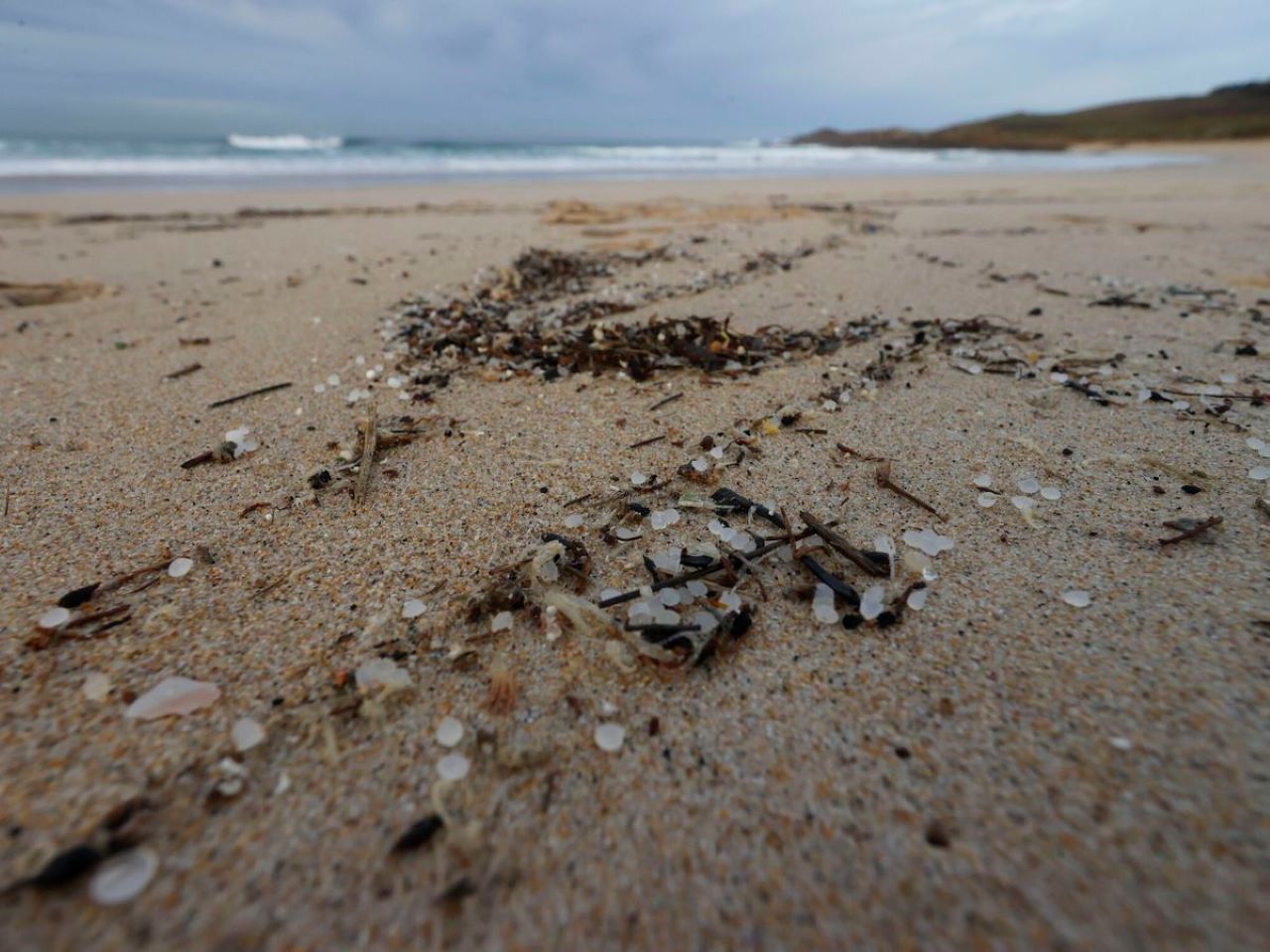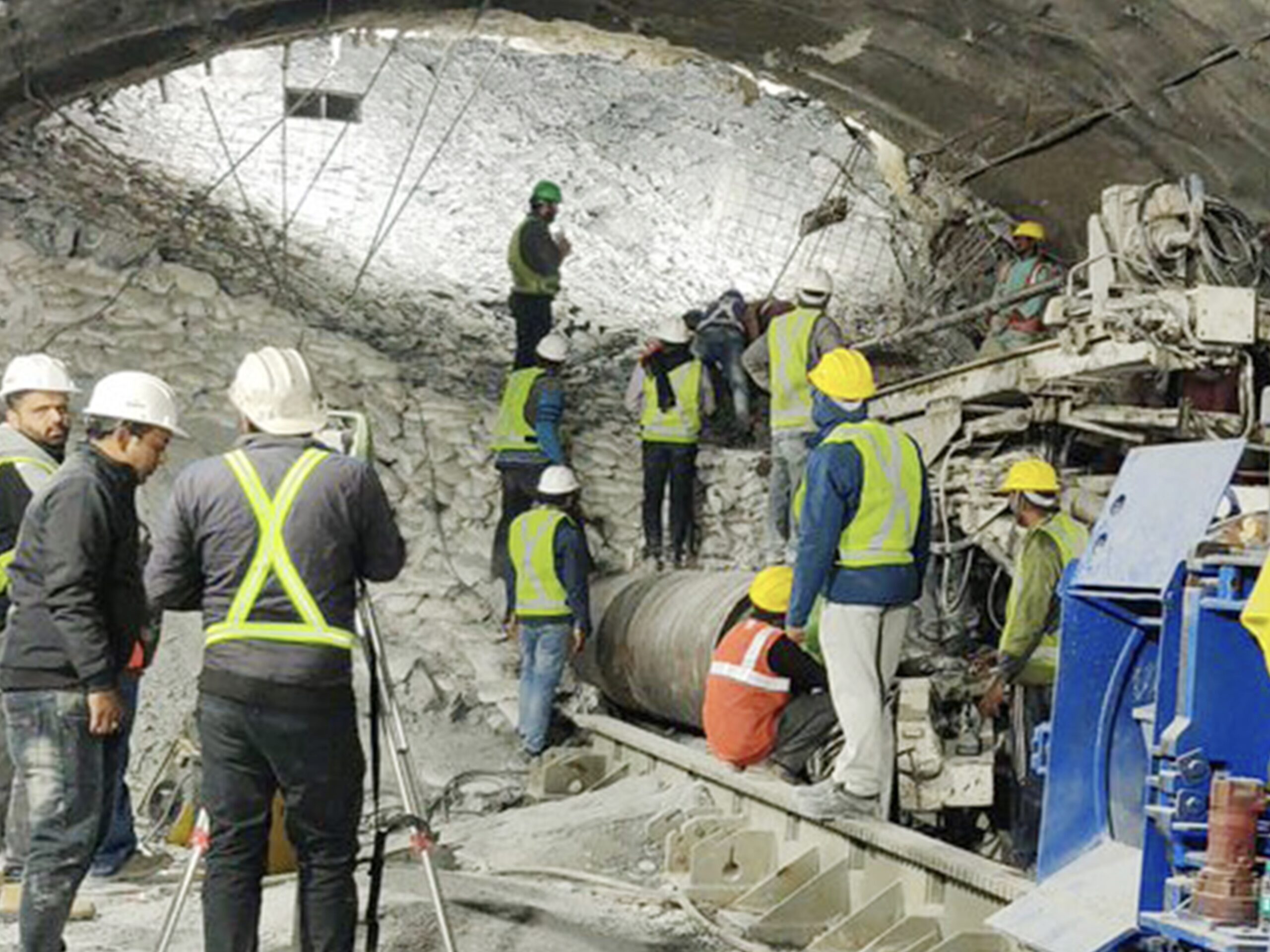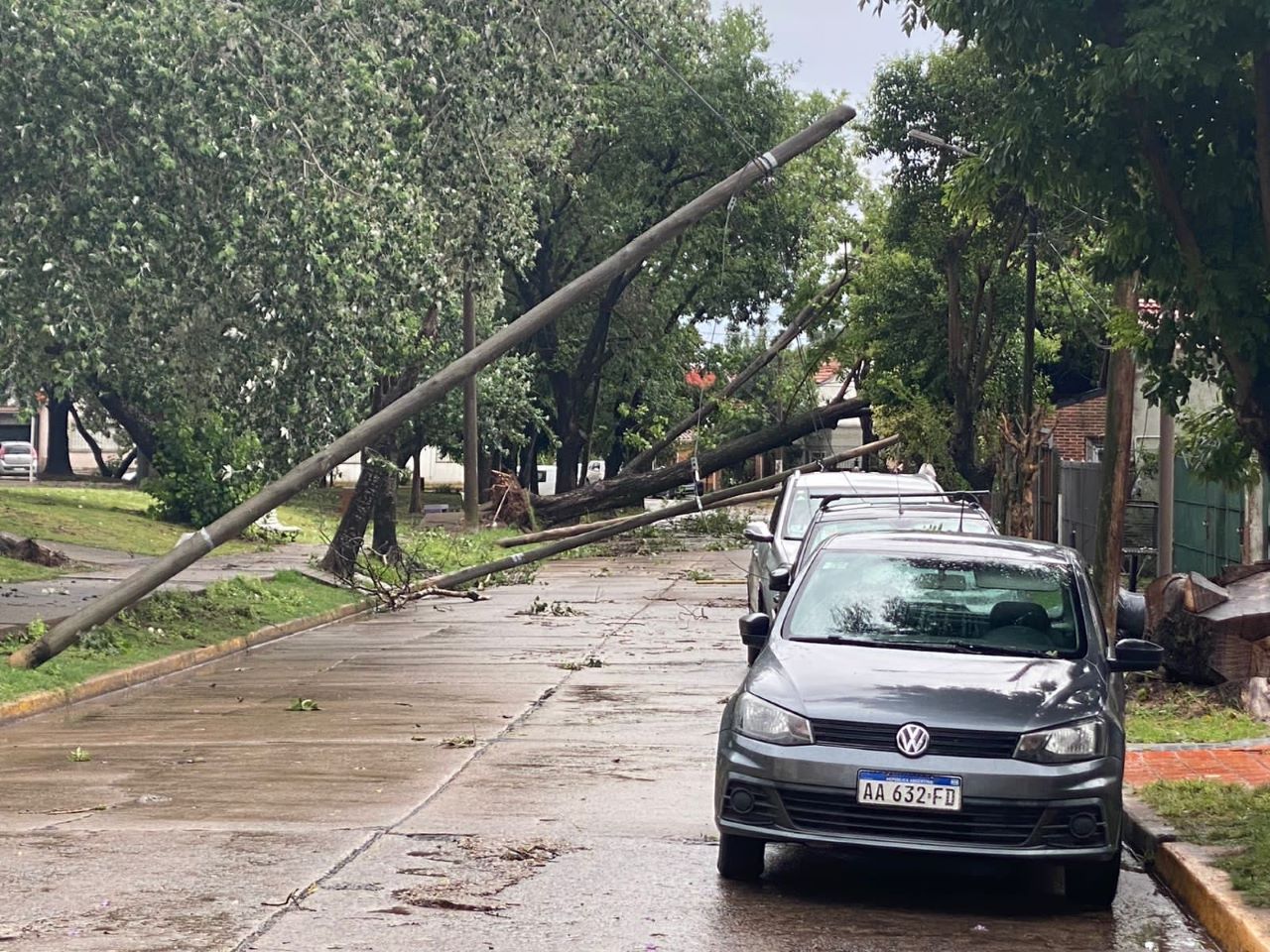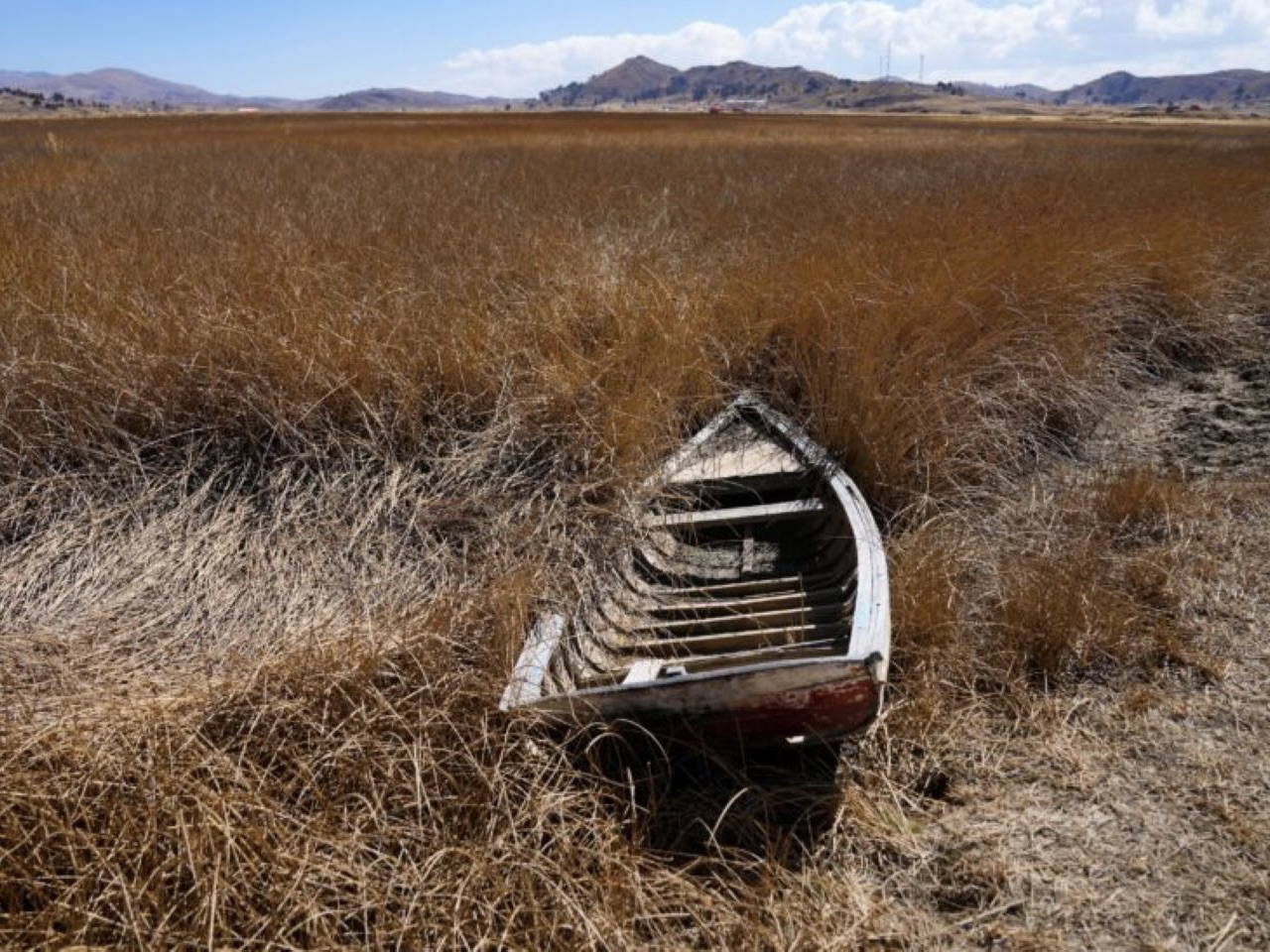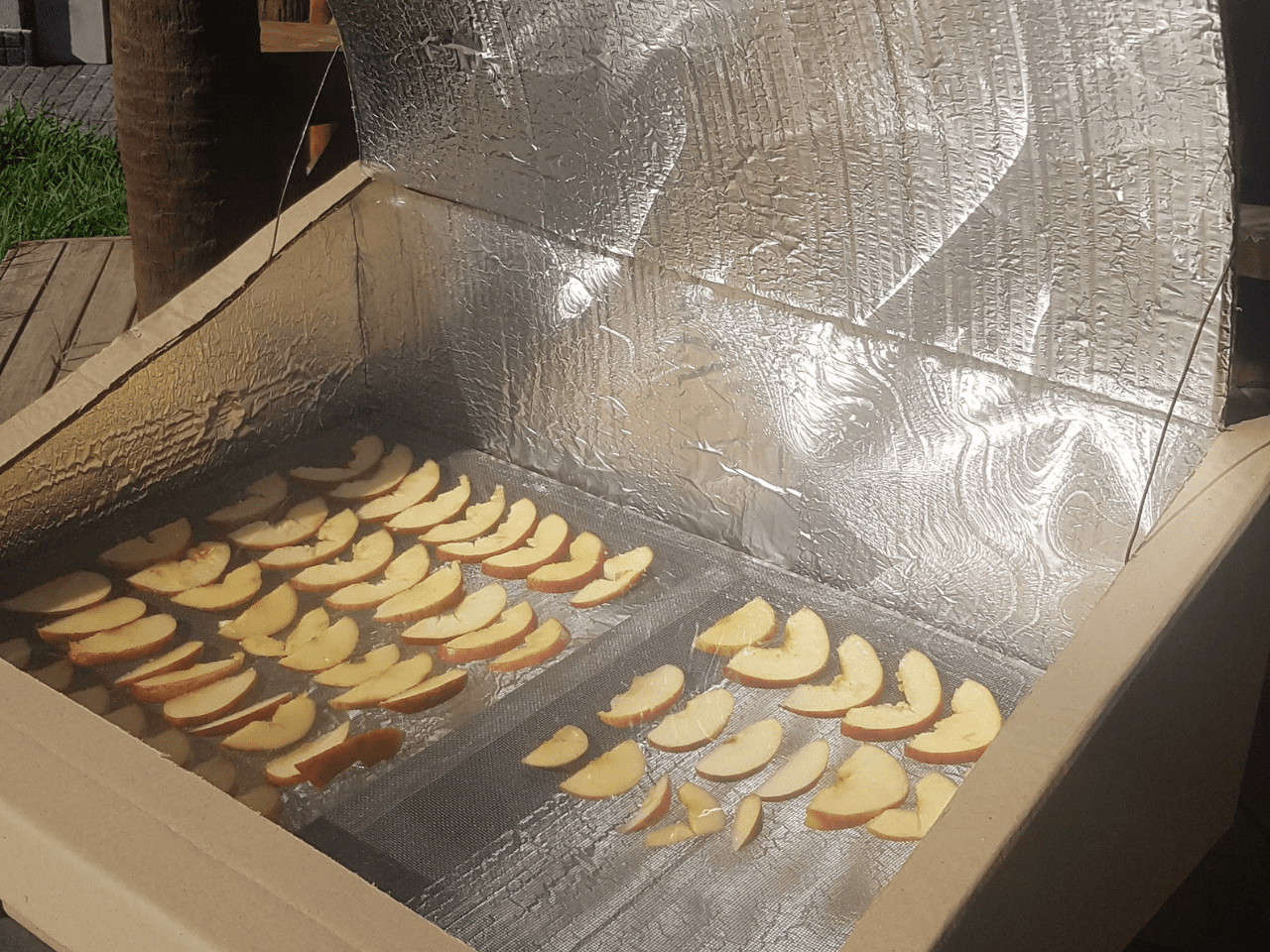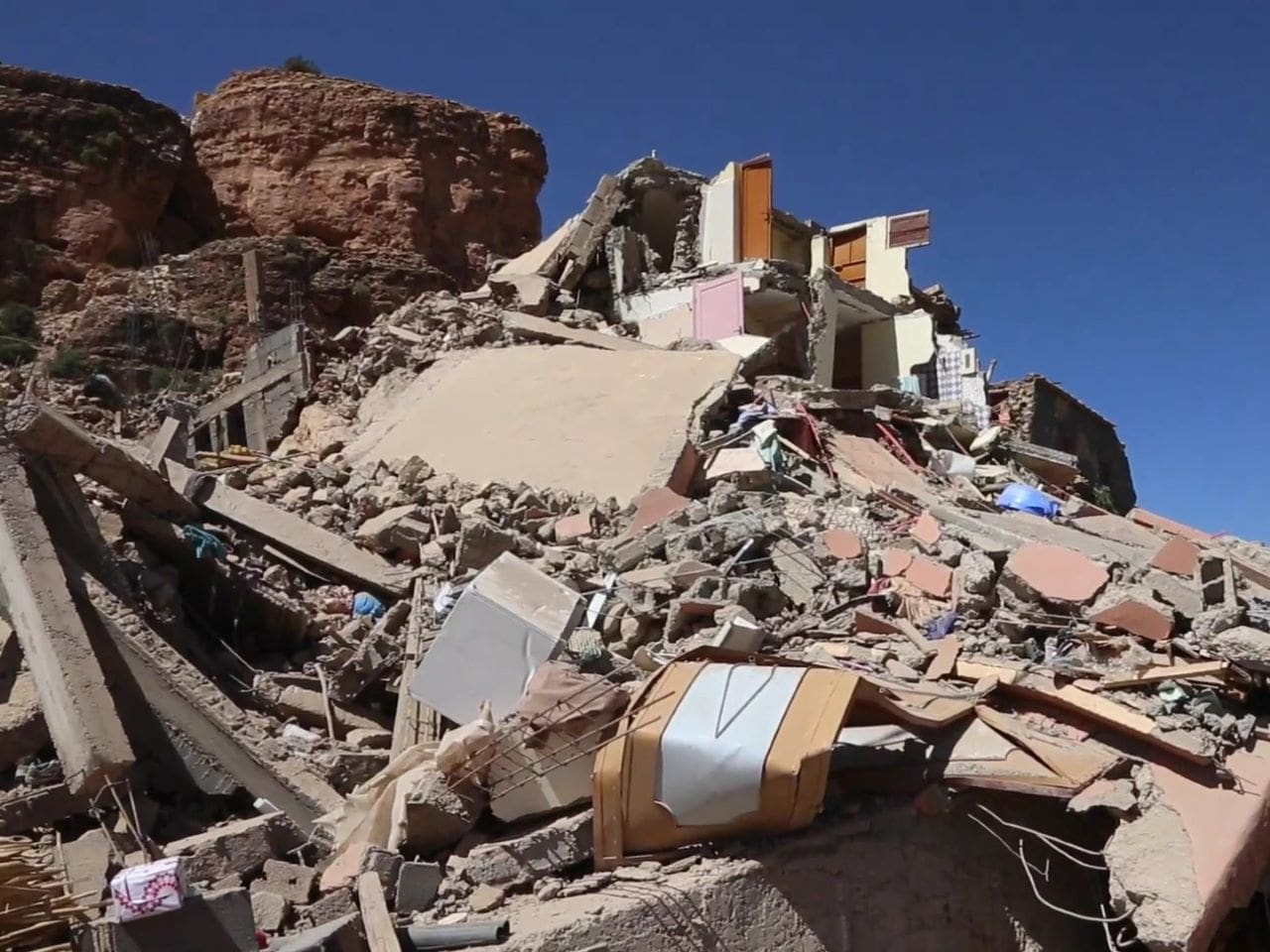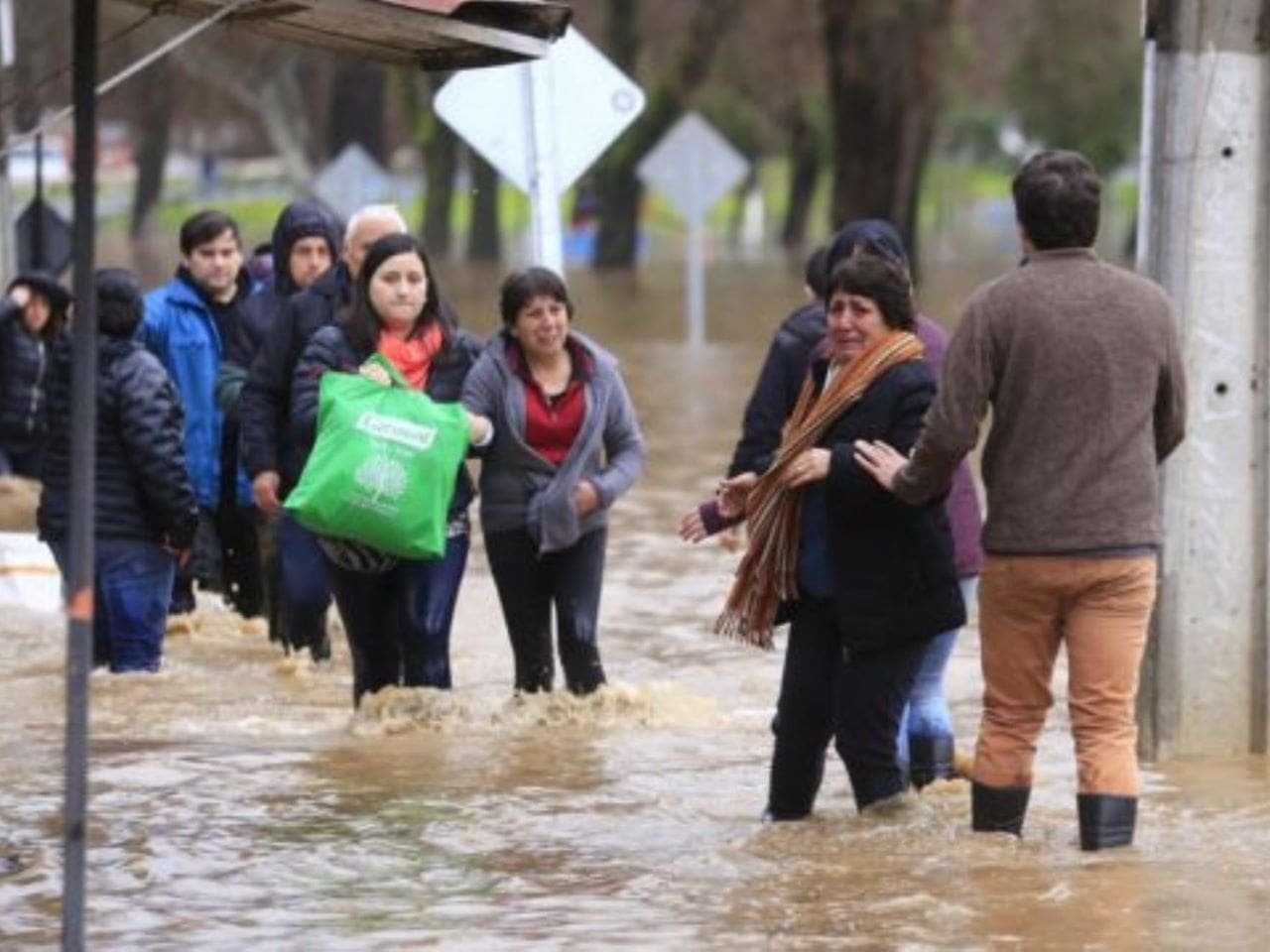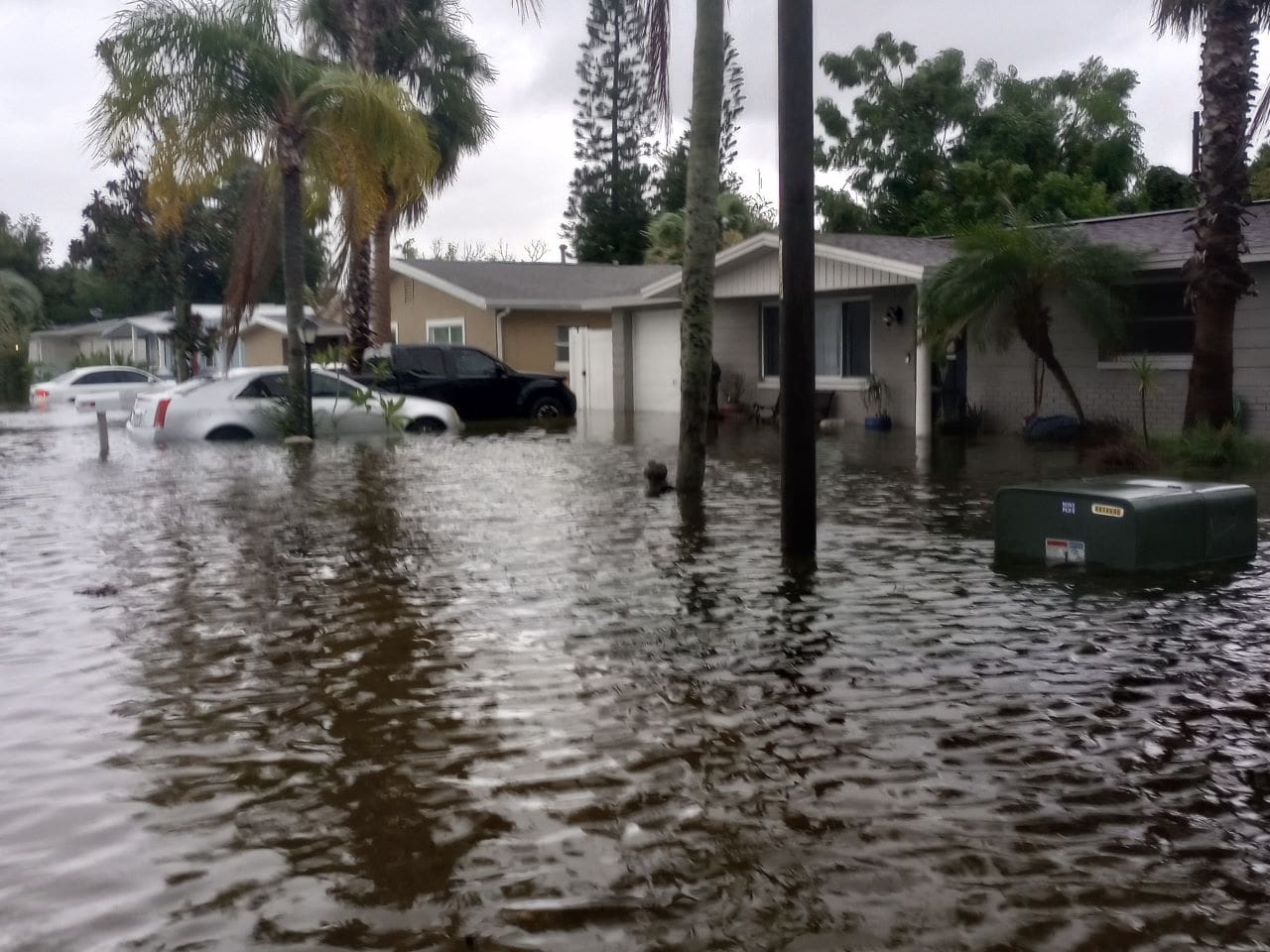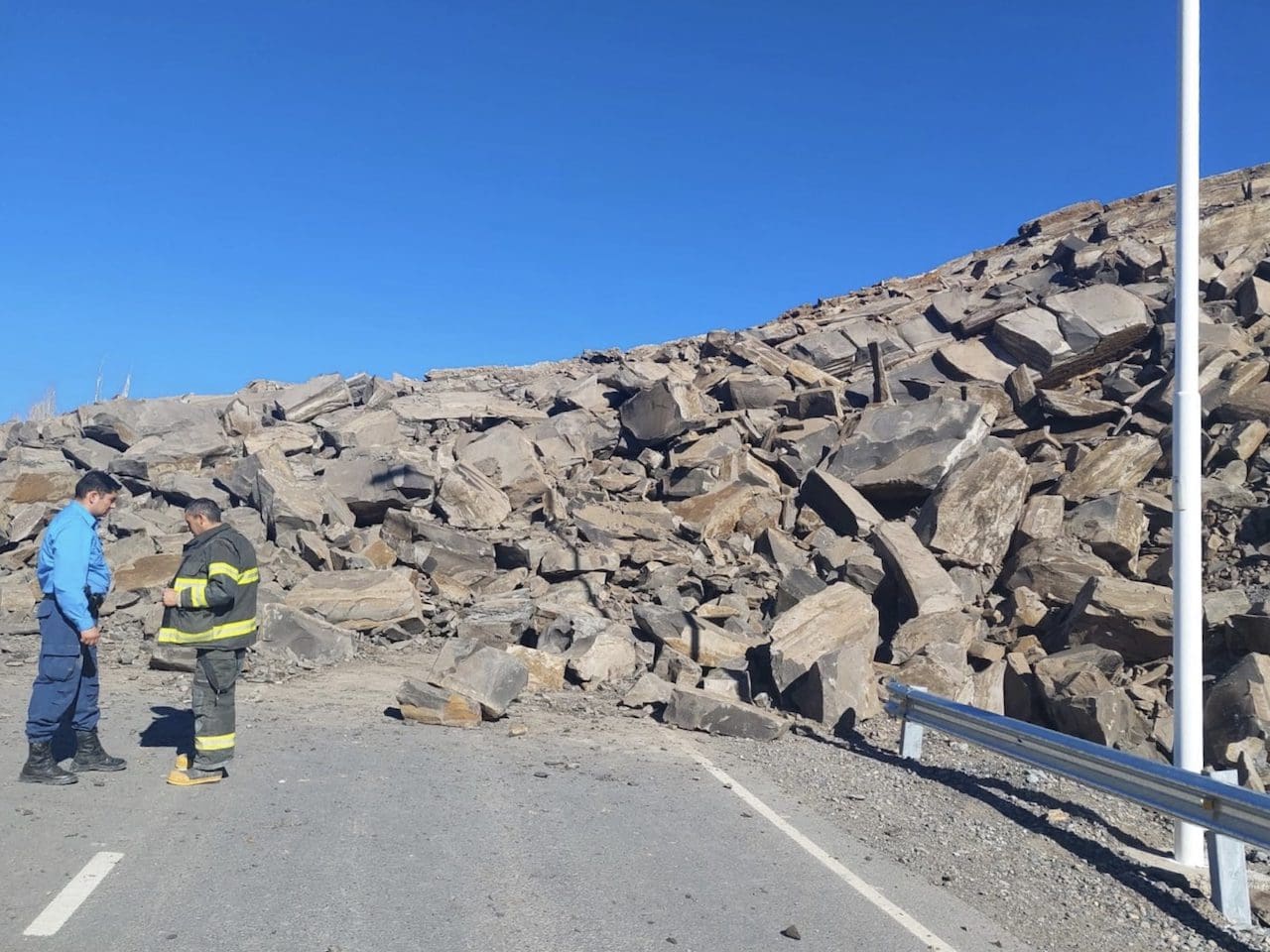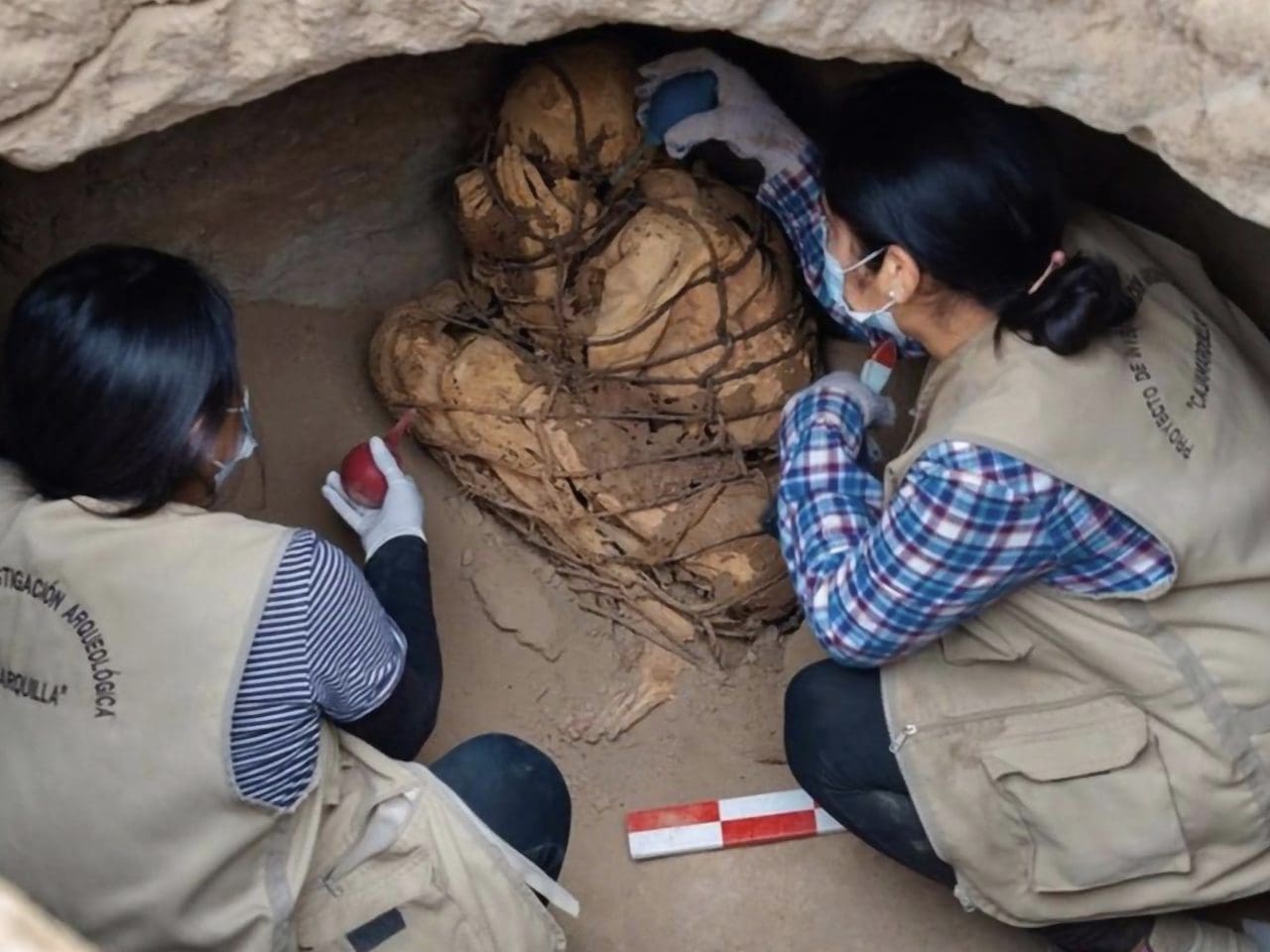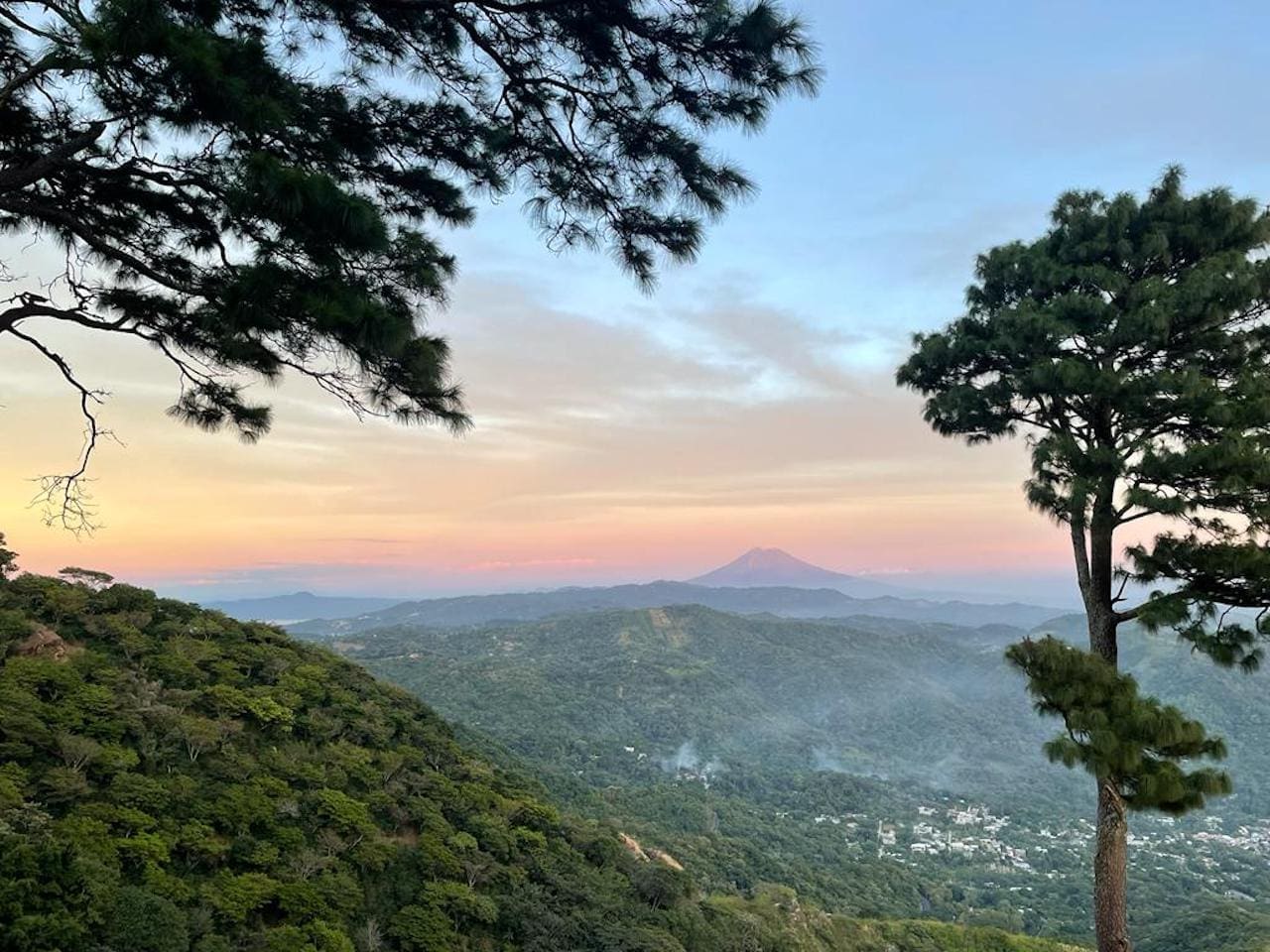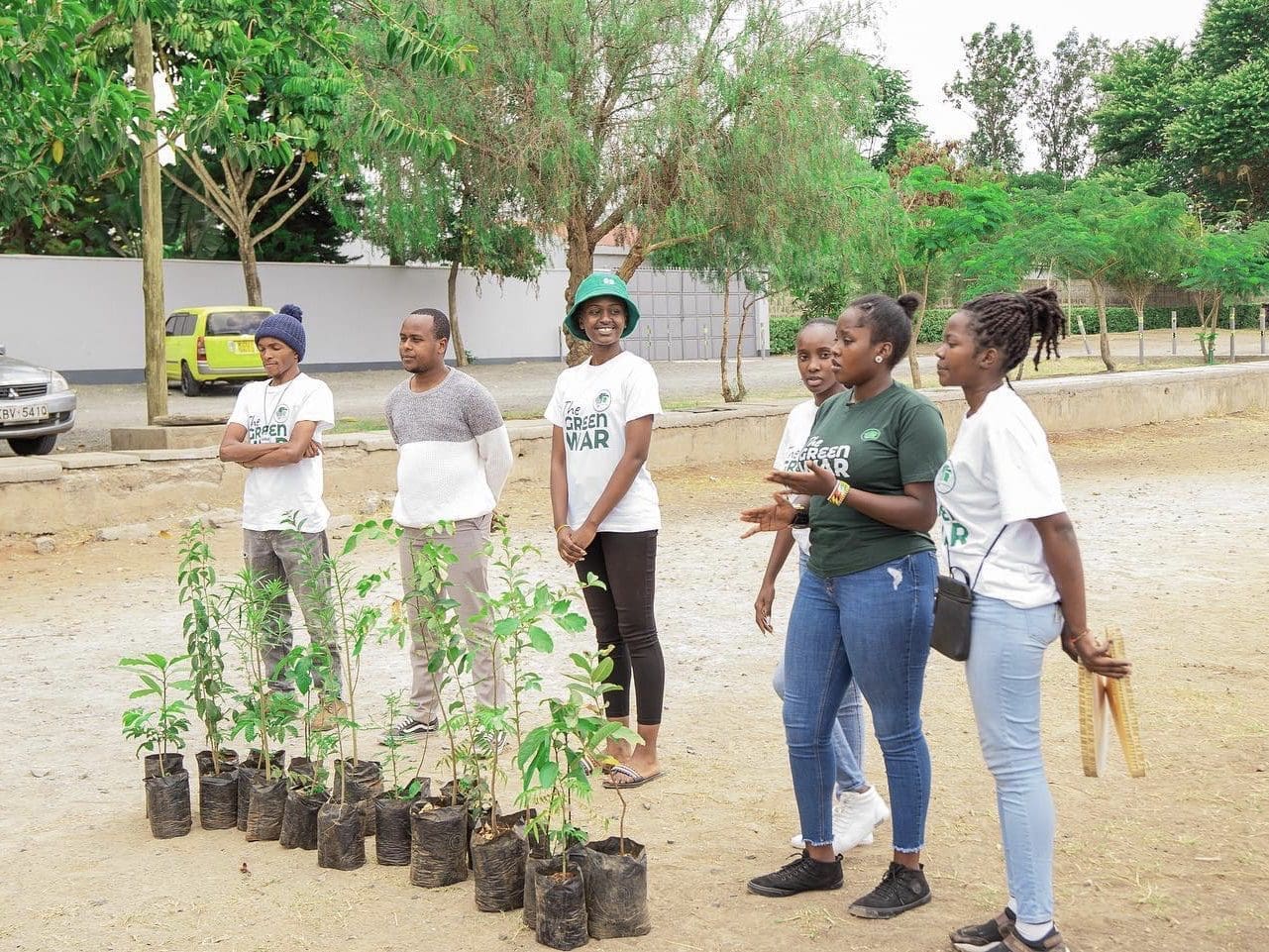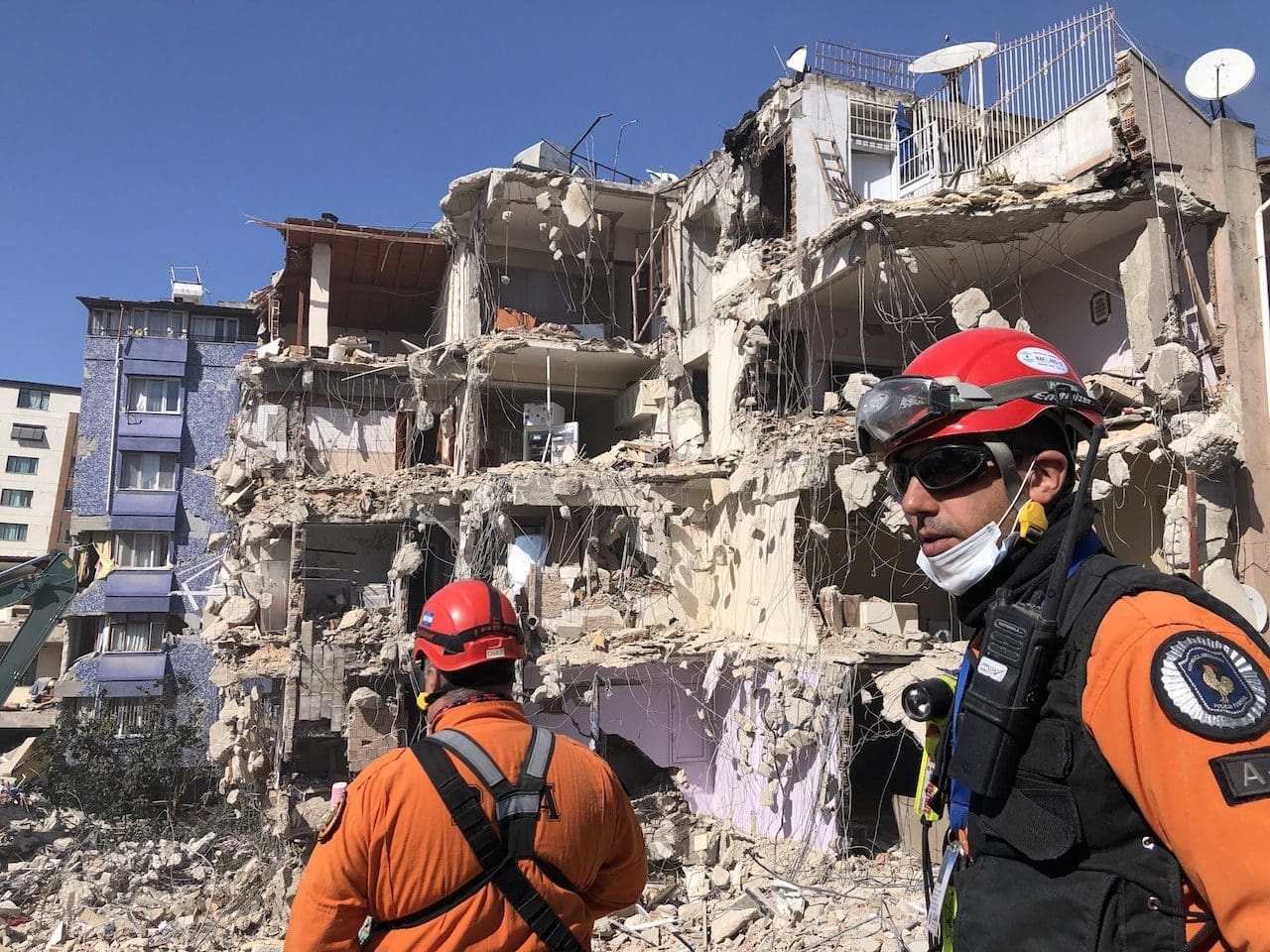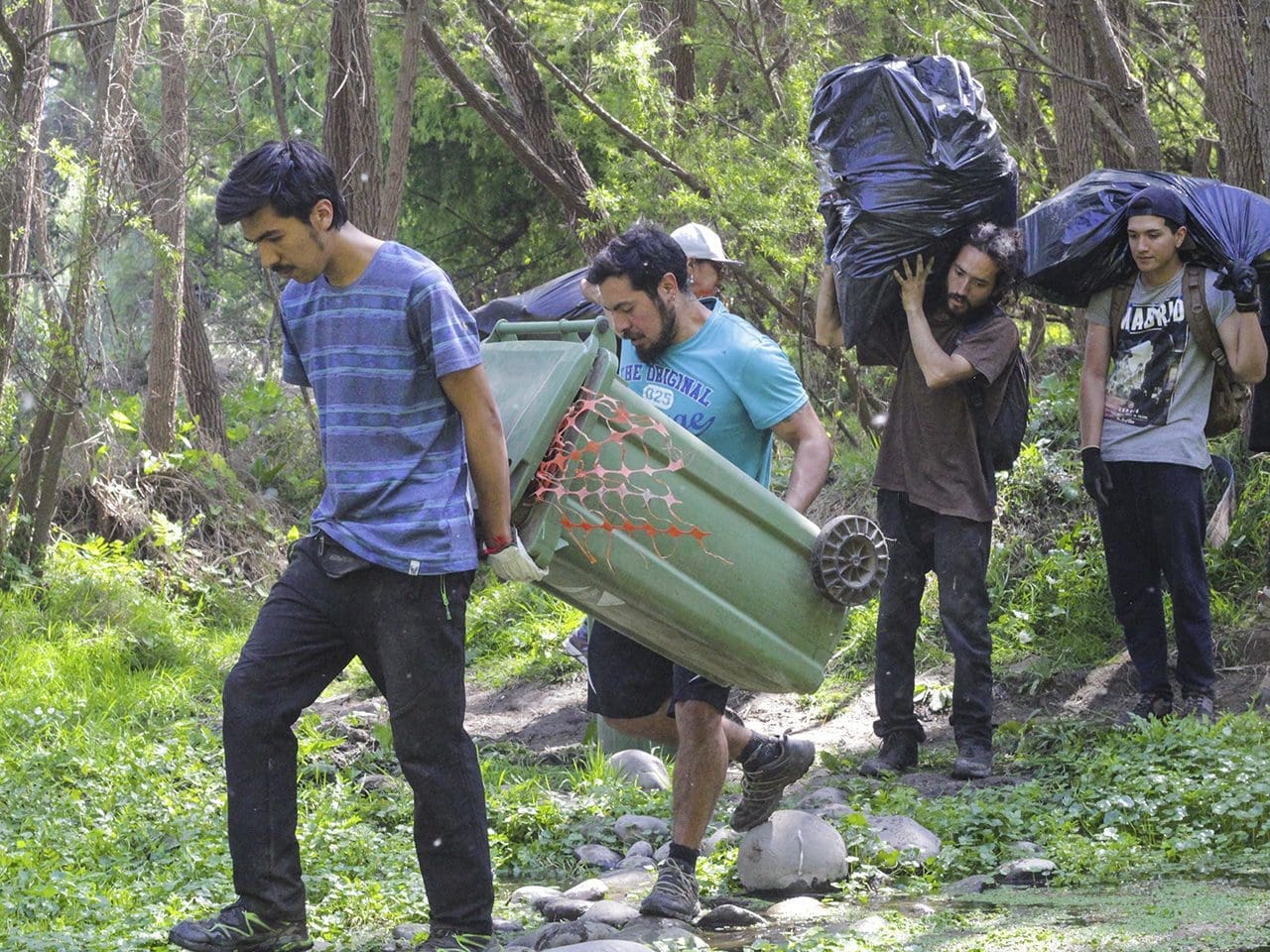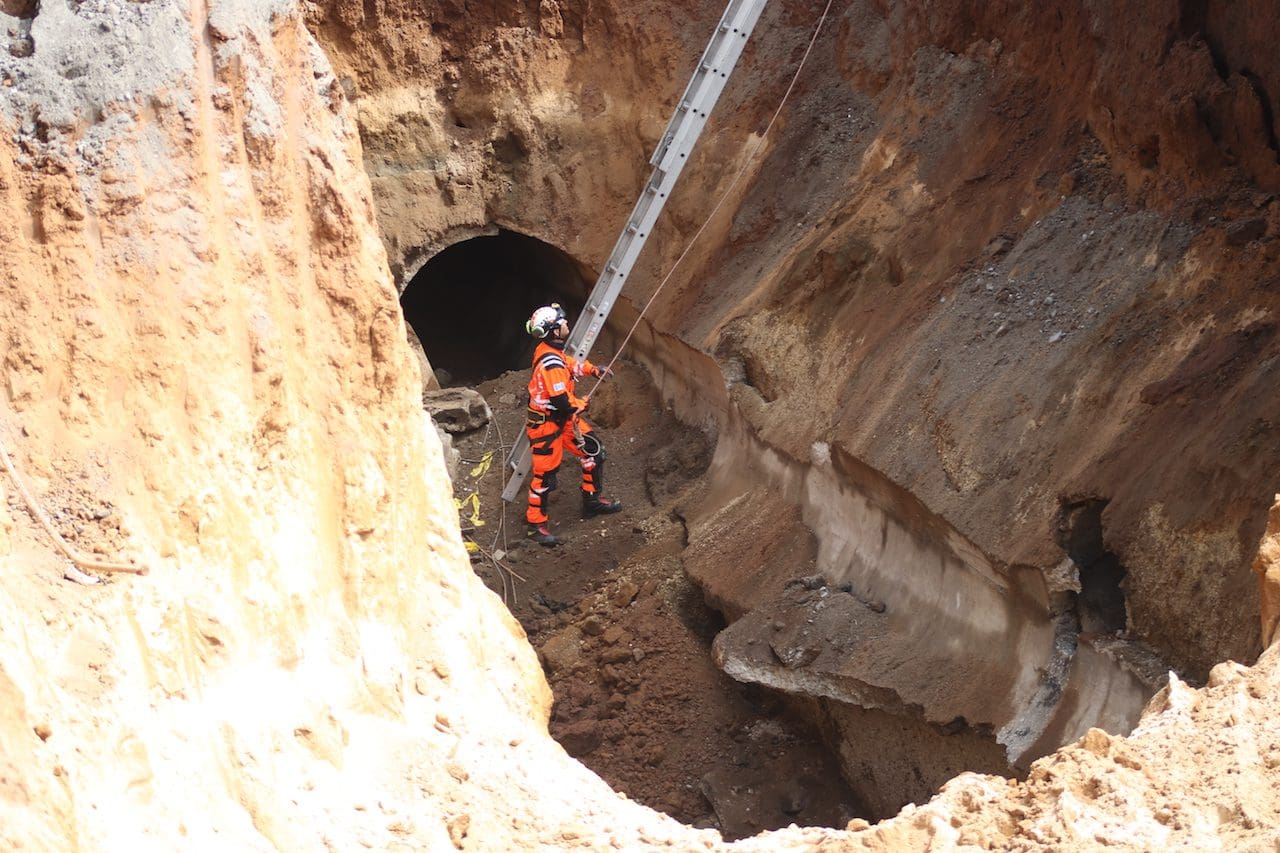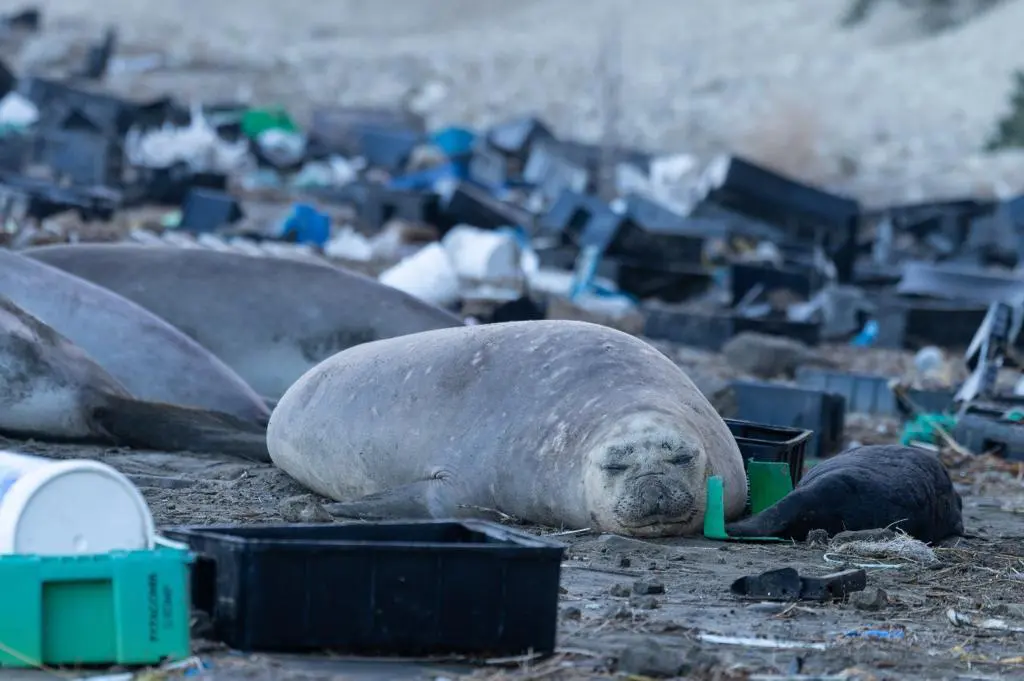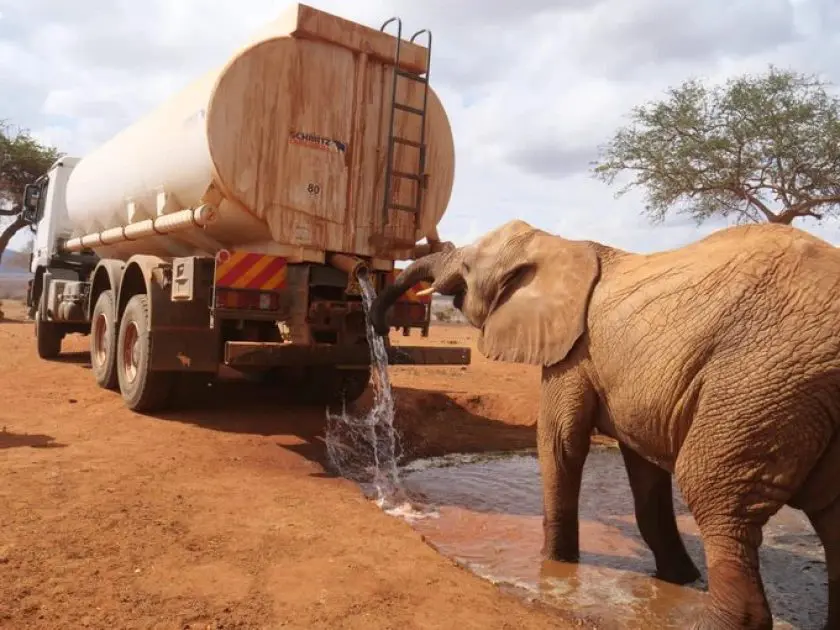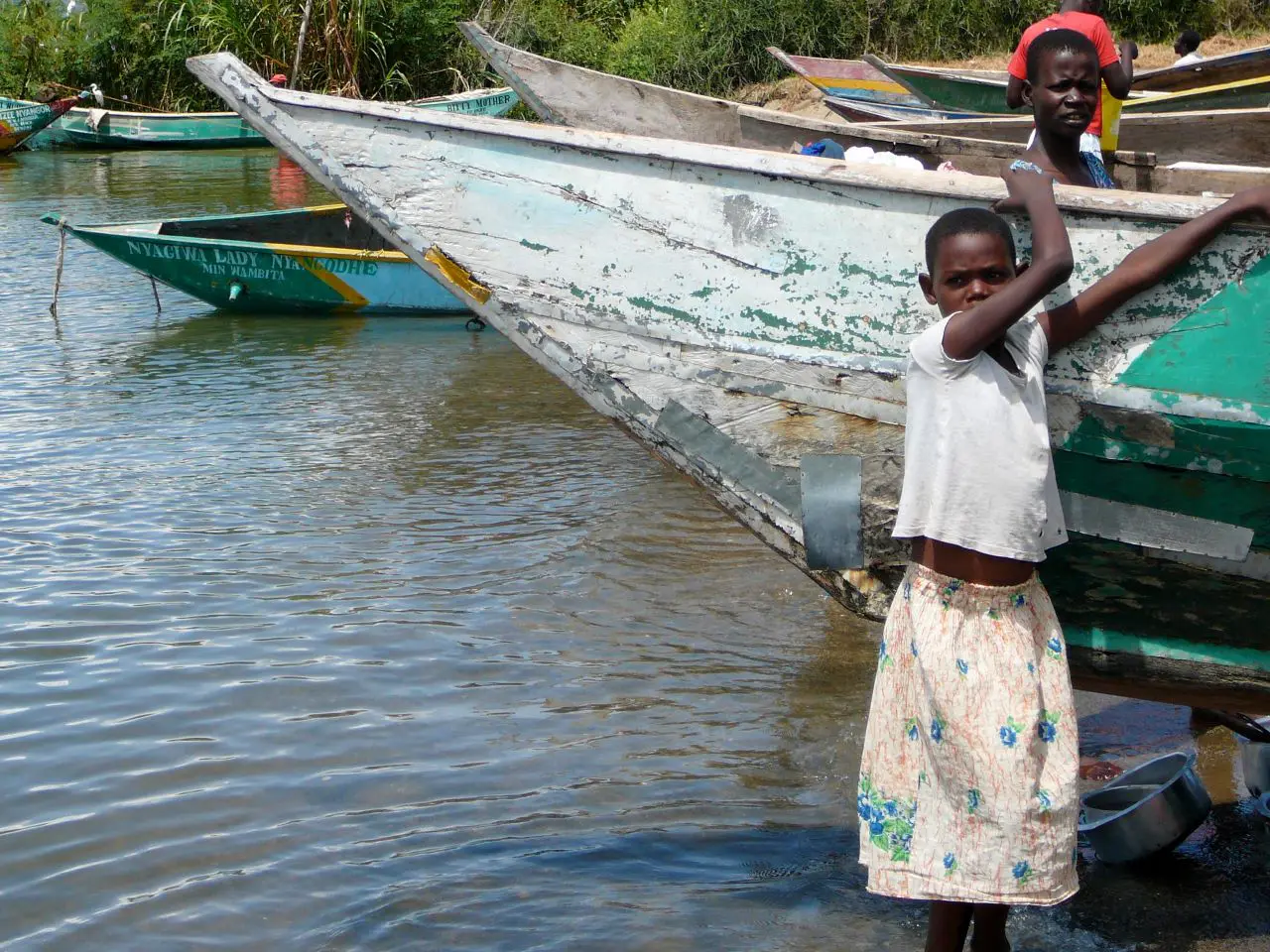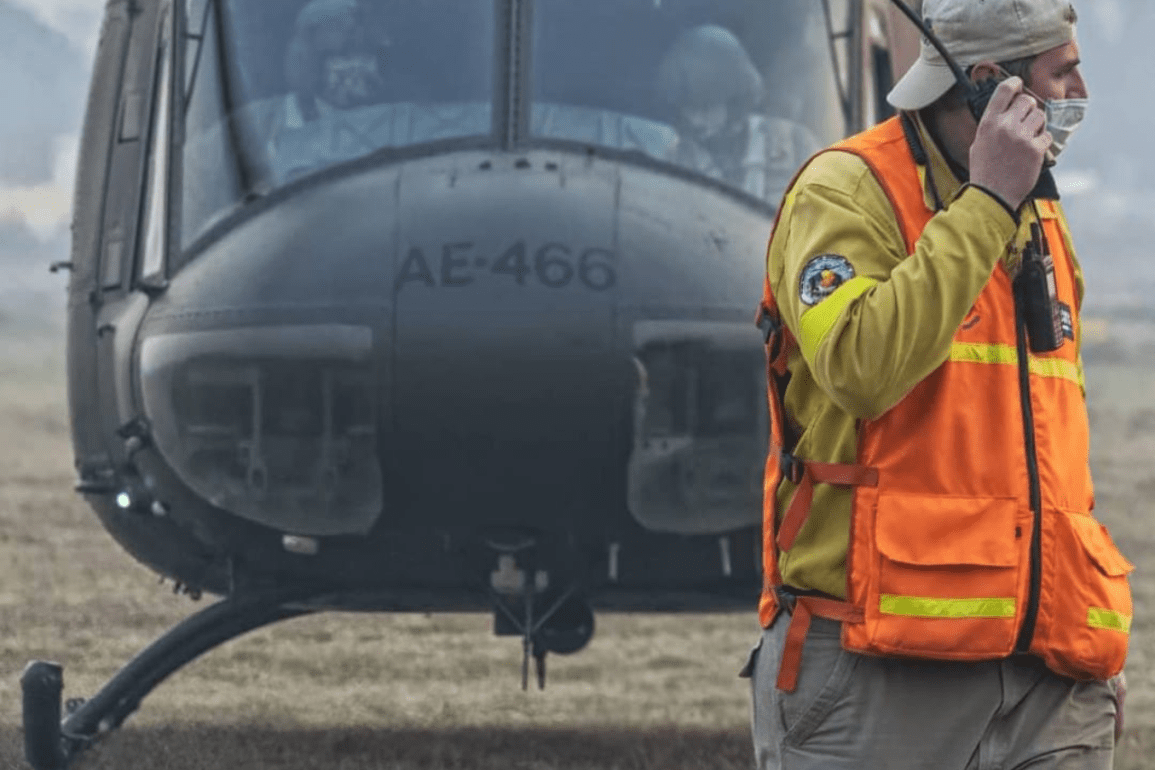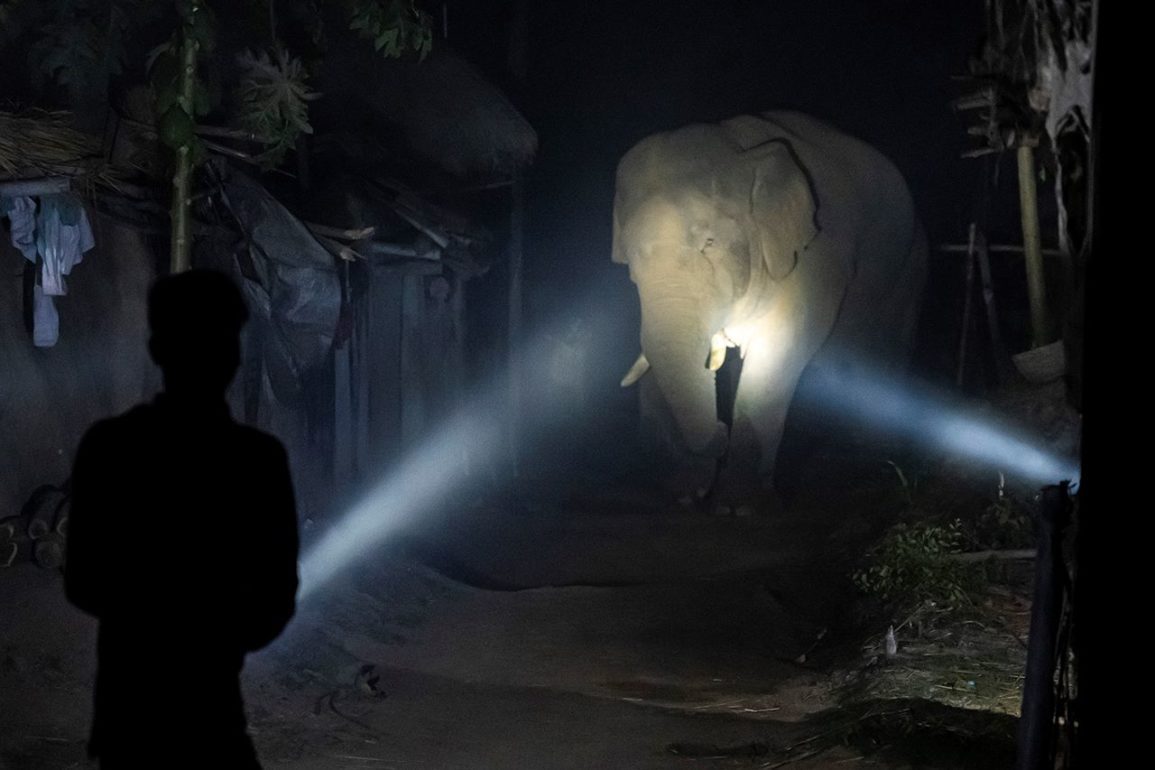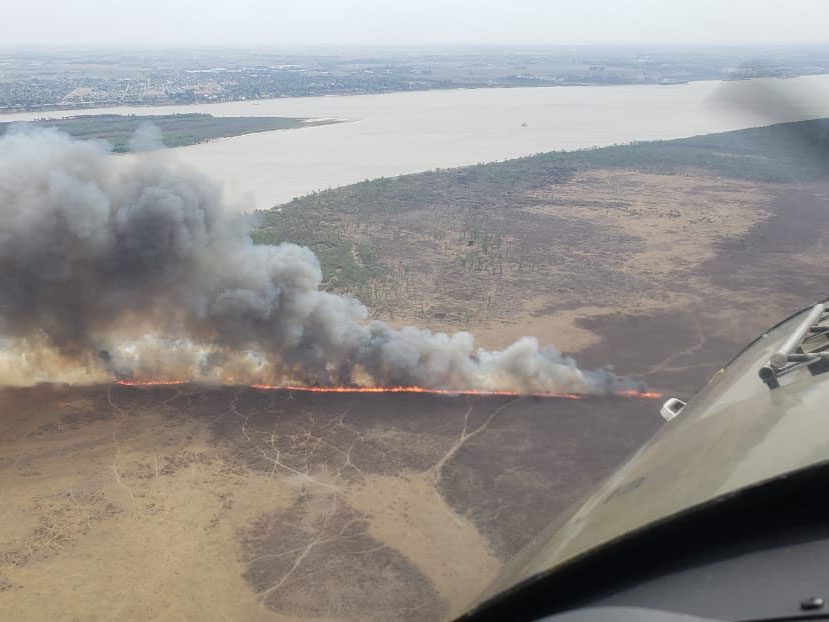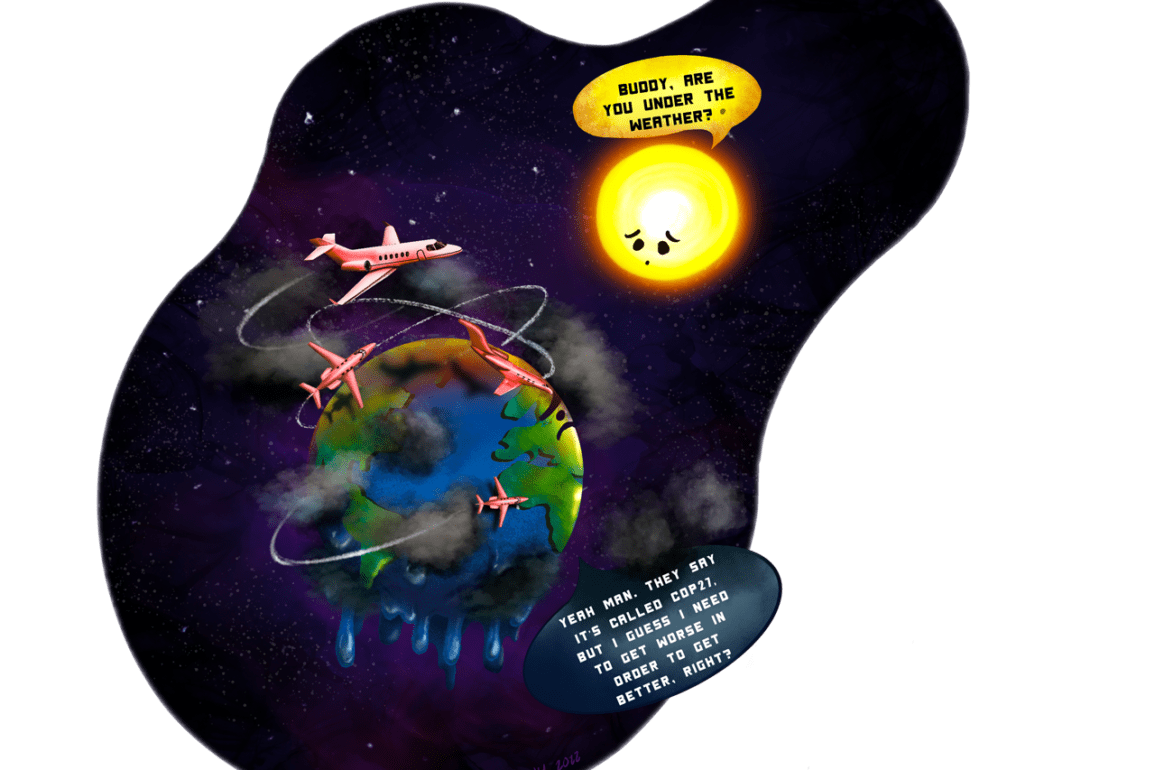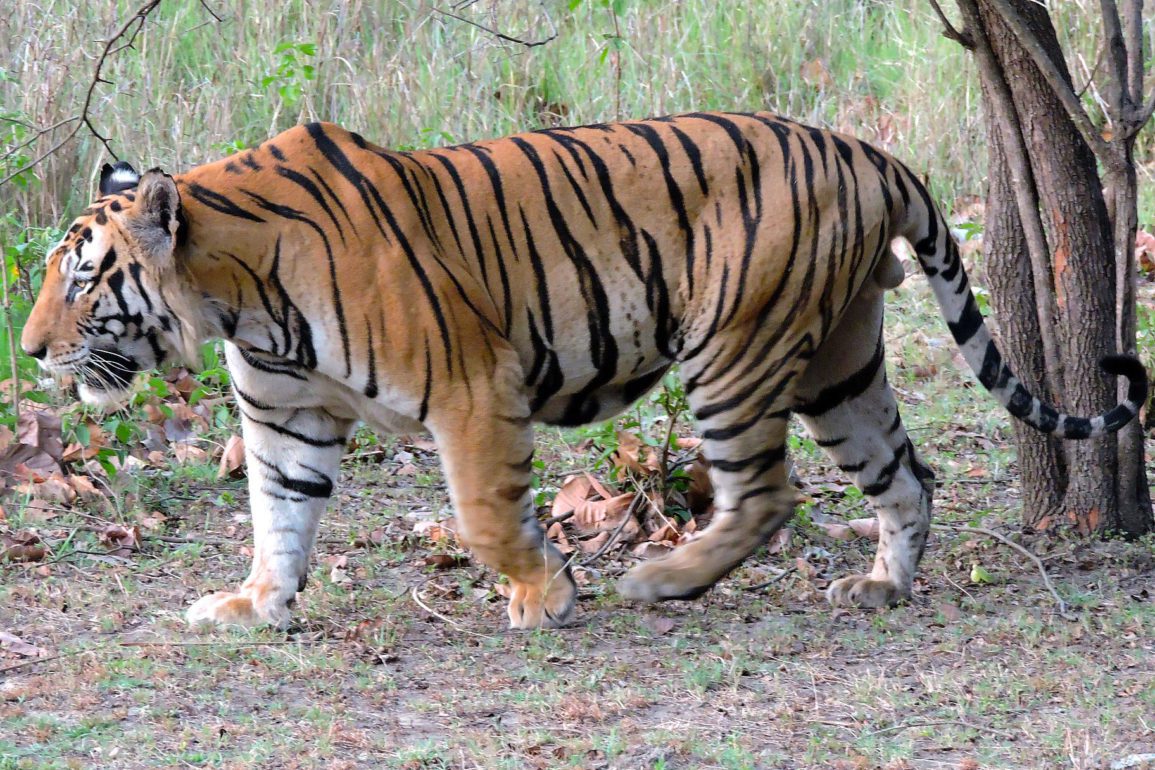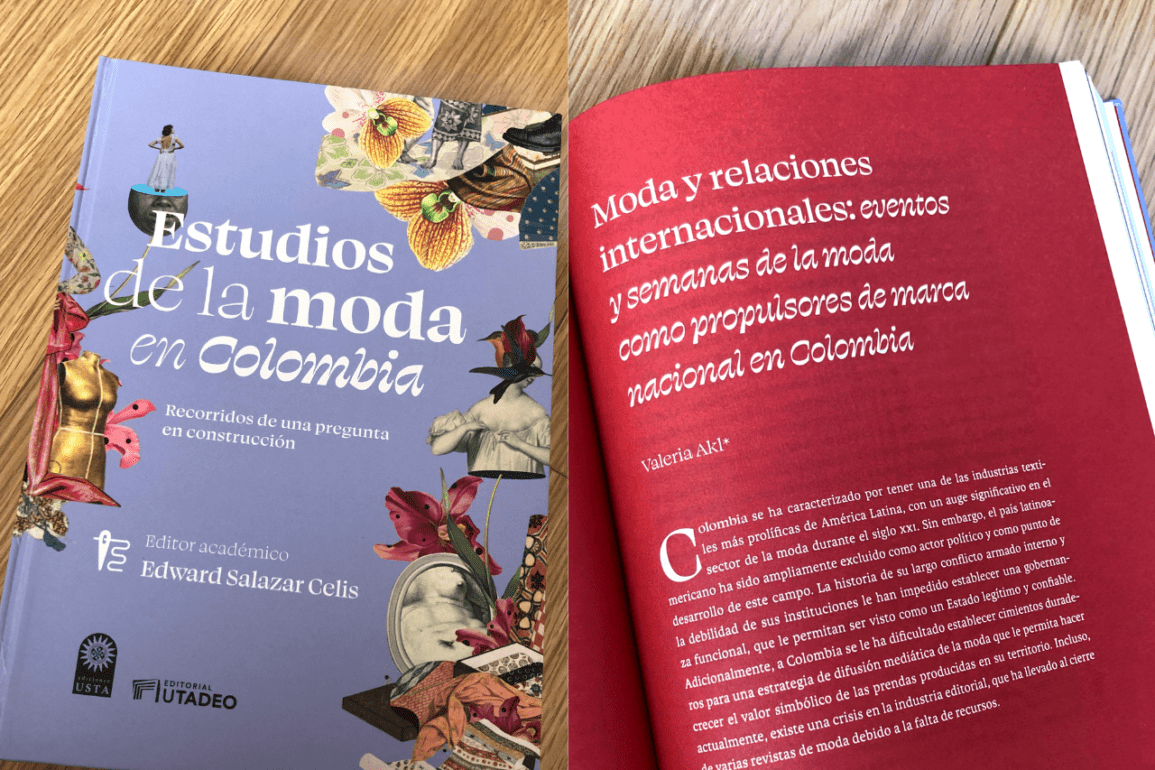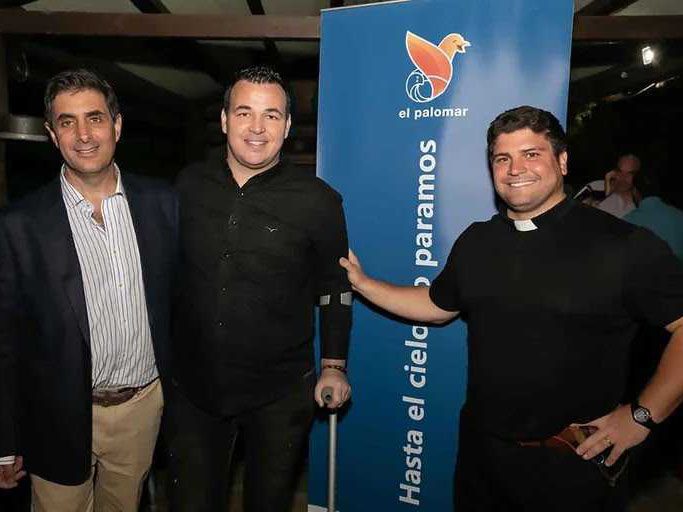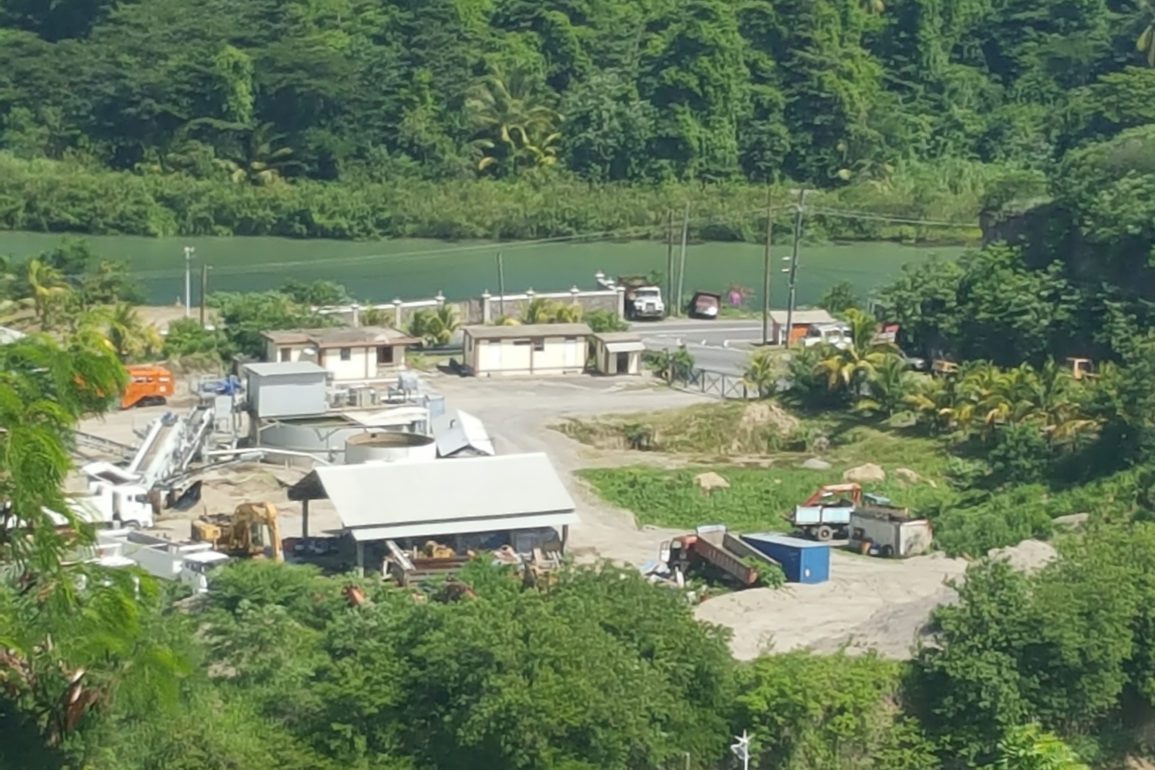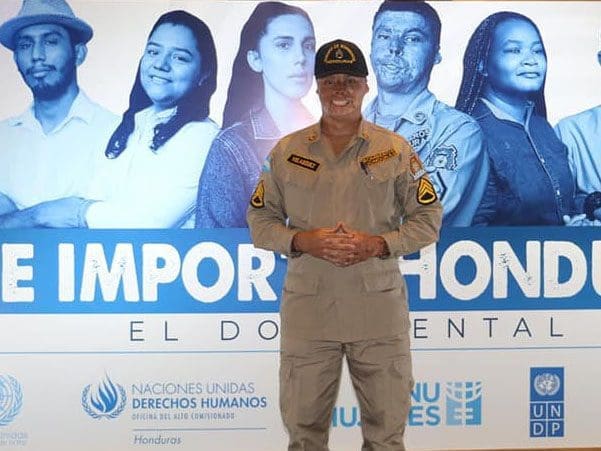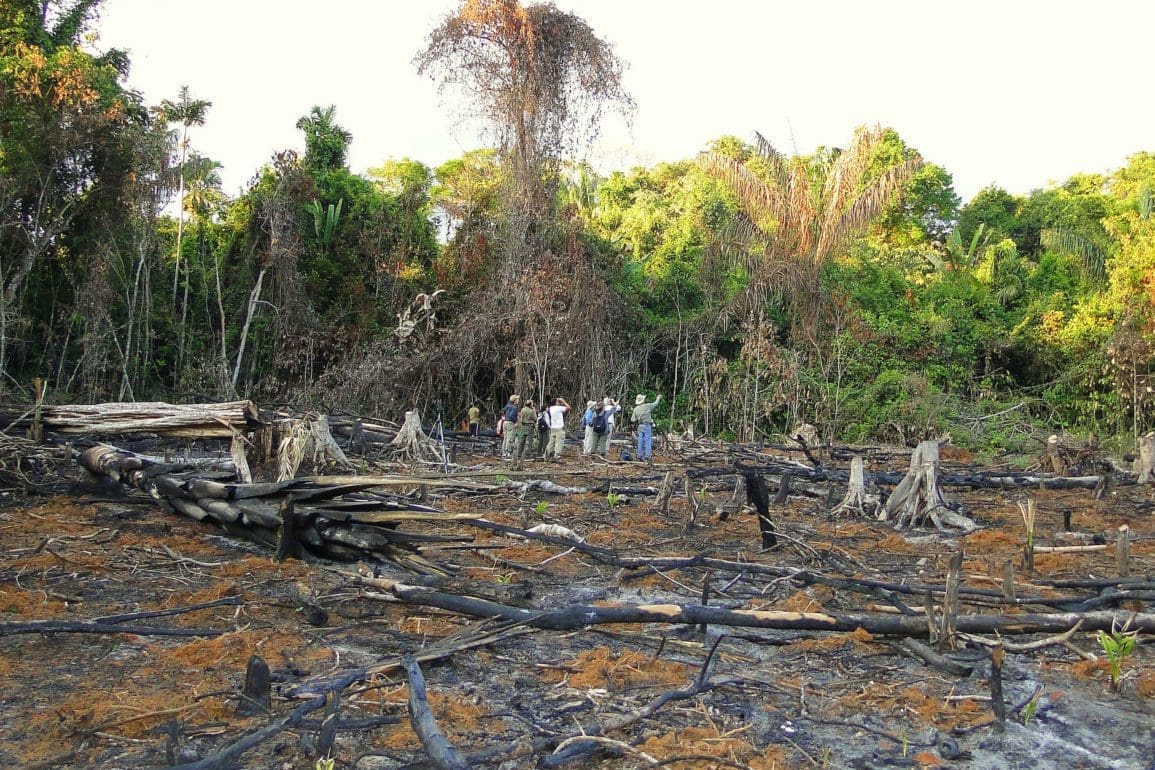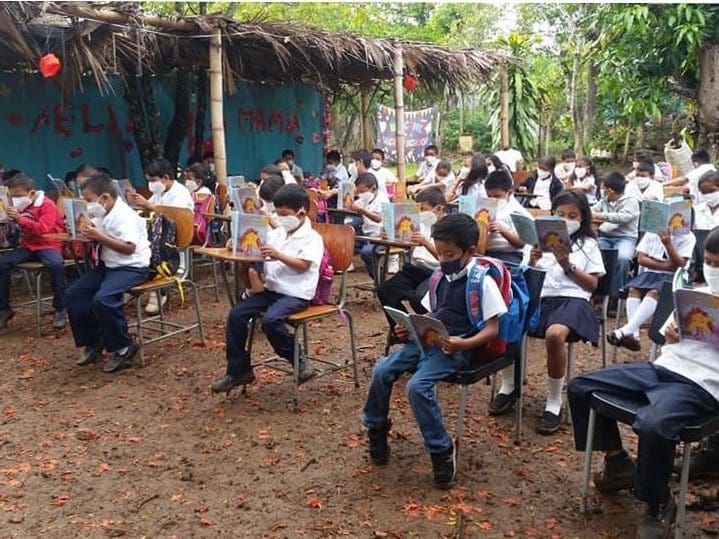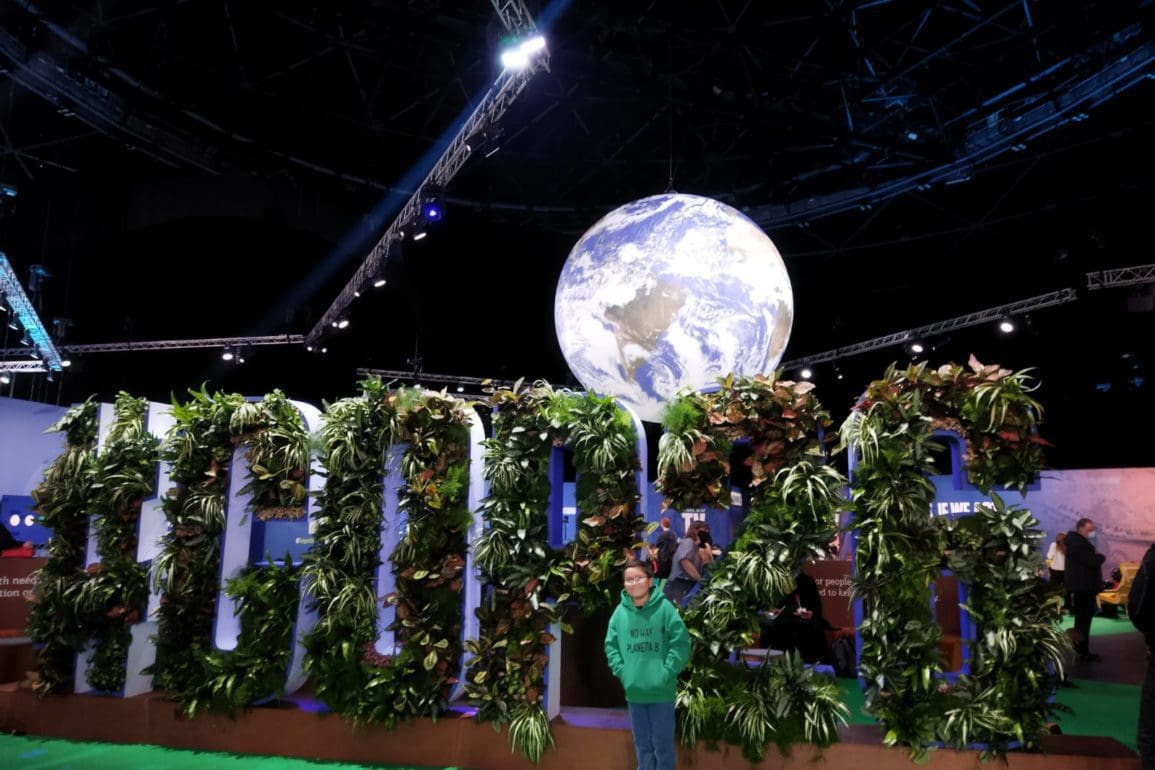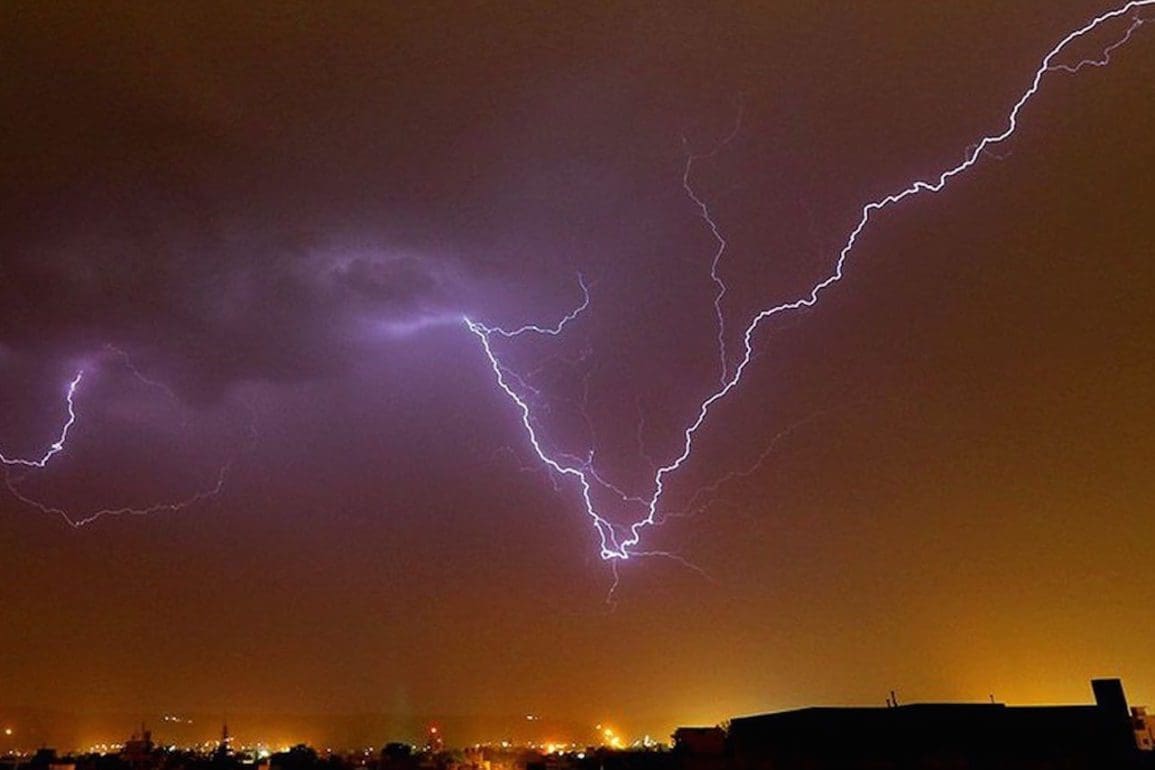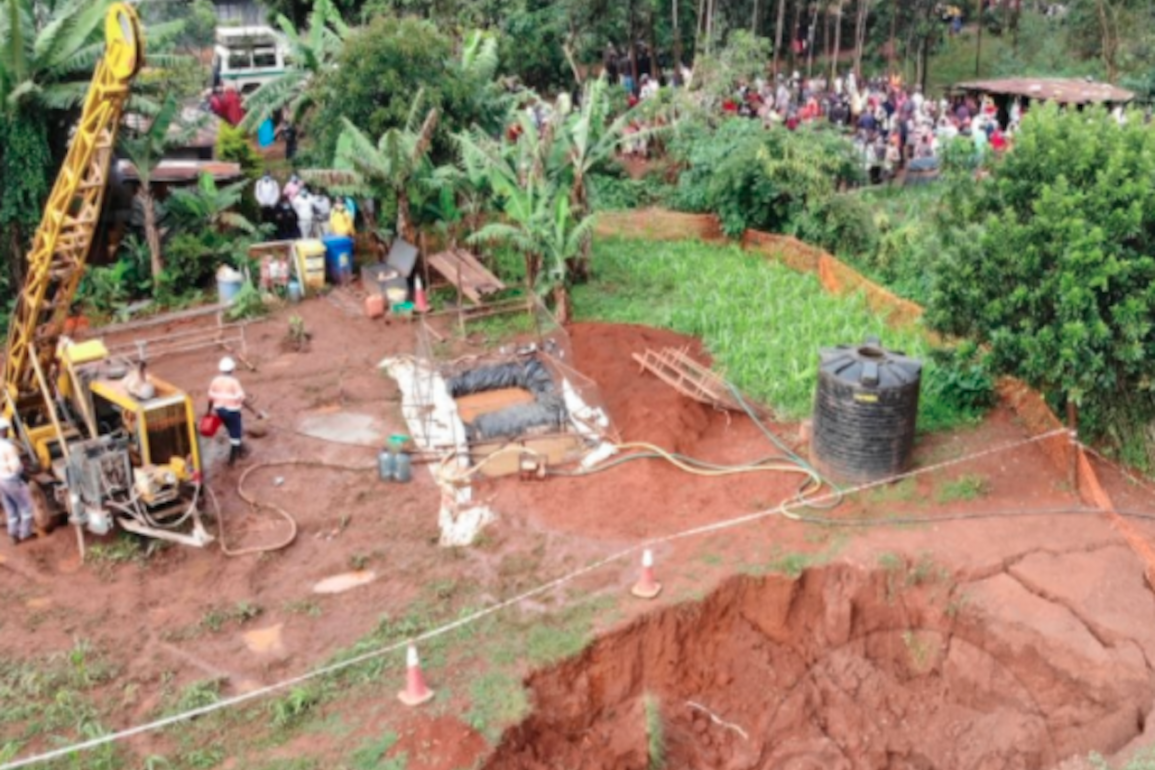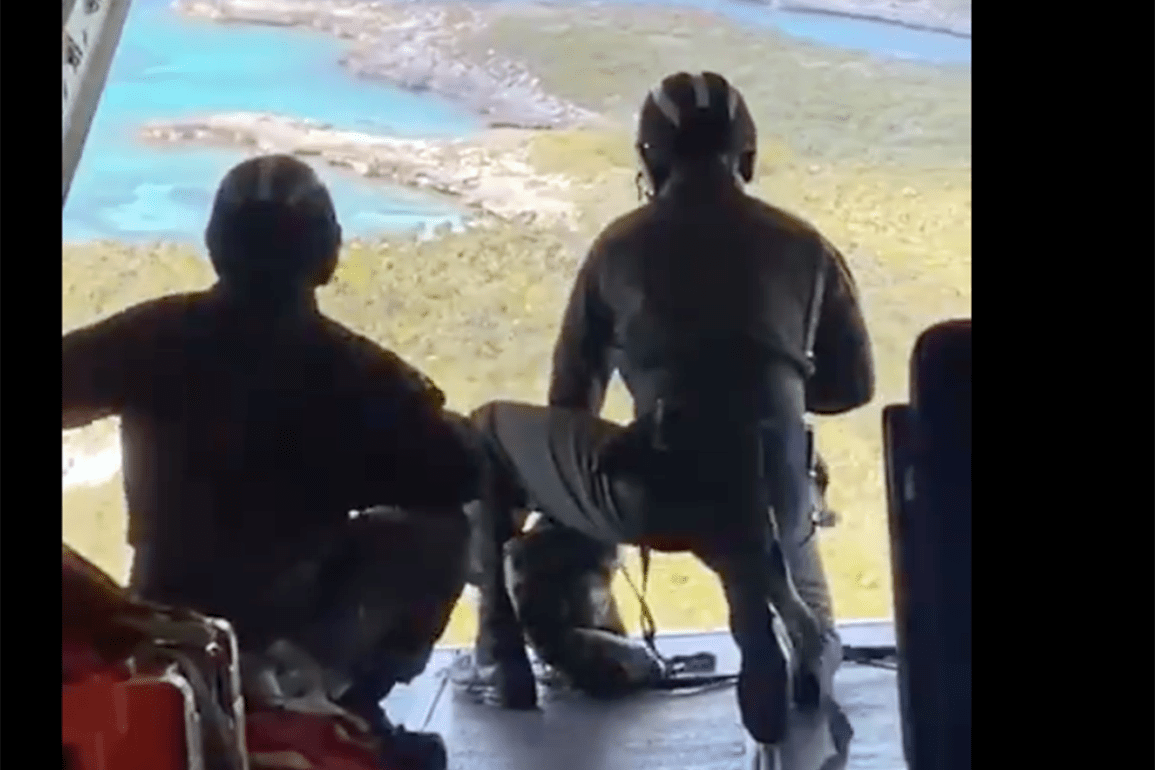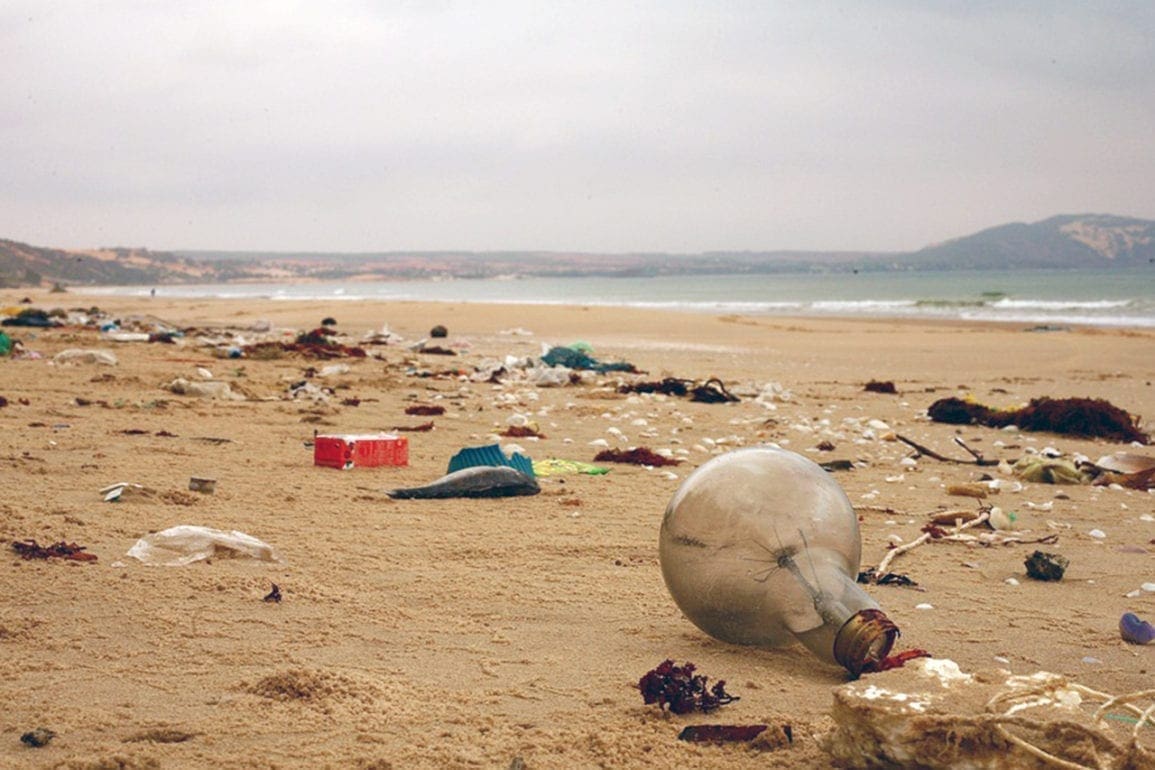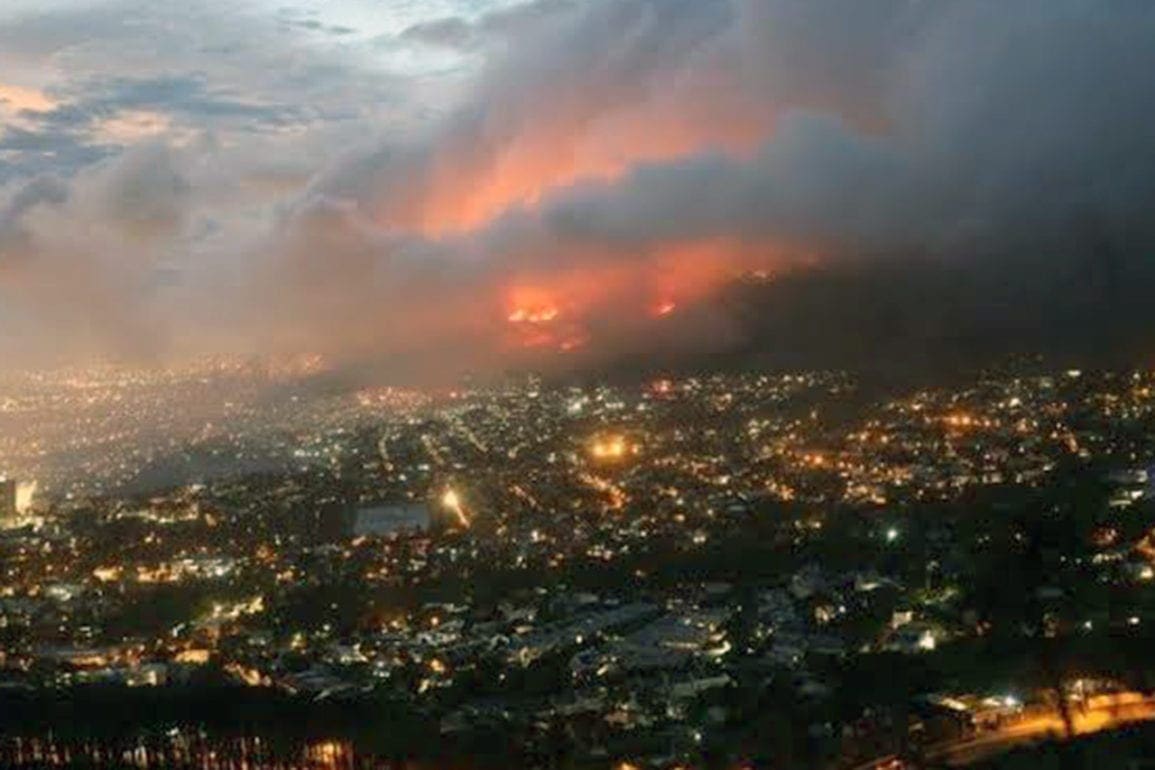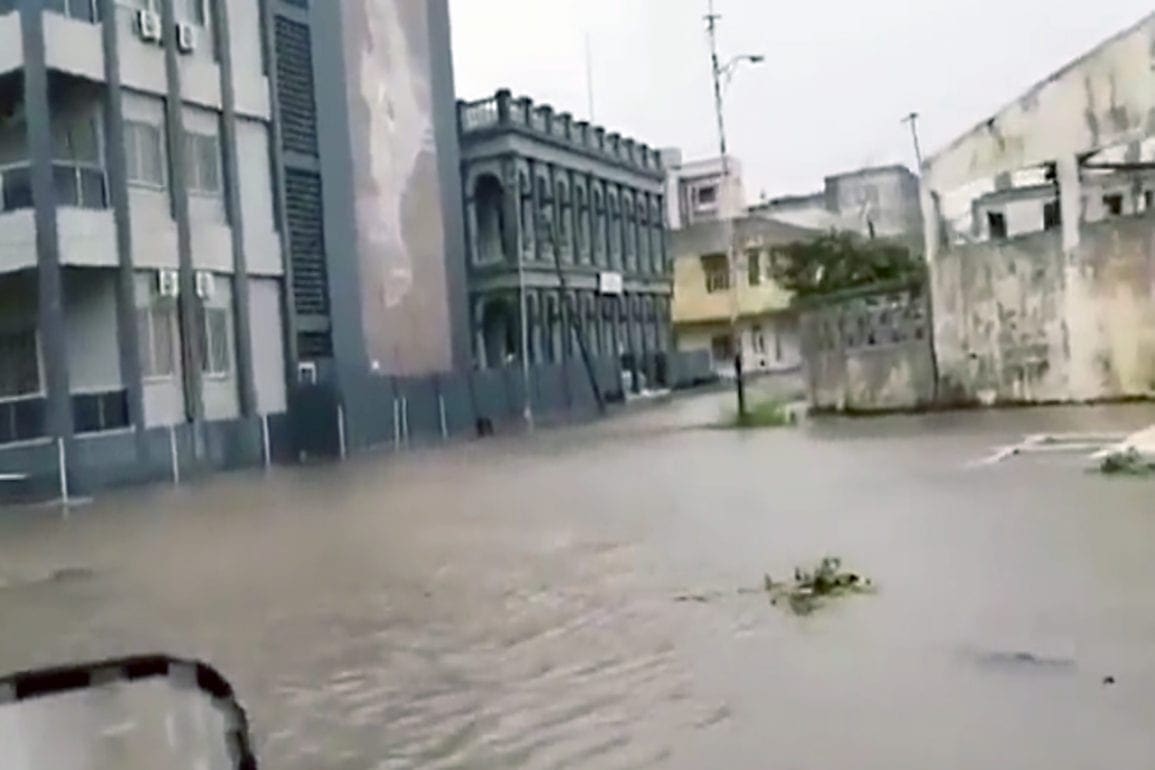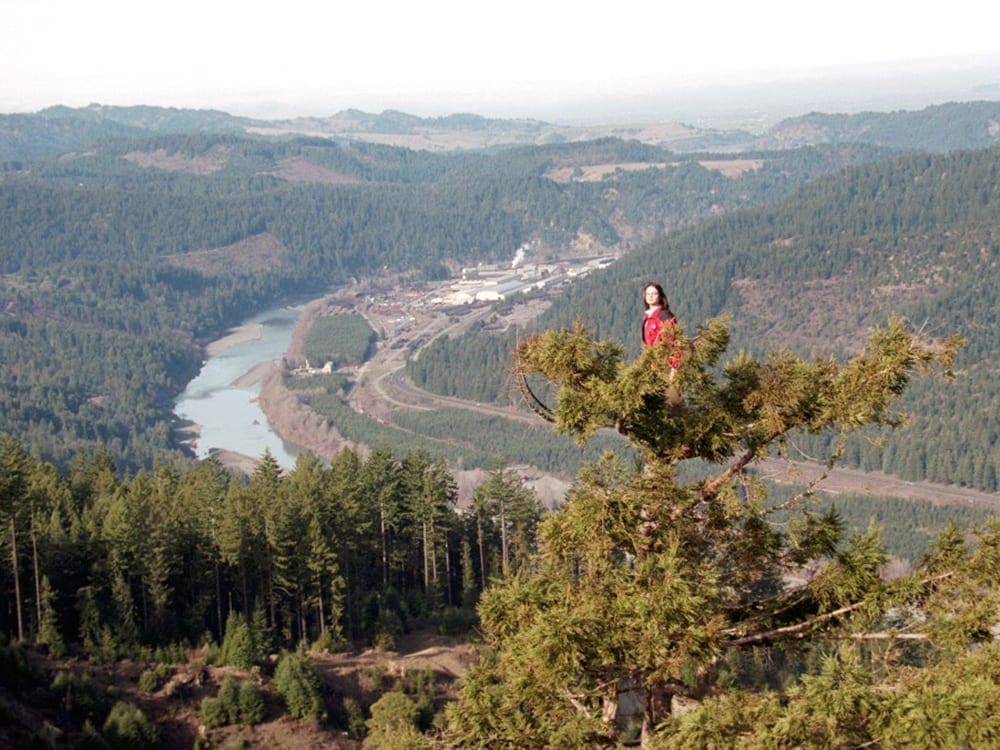Deep in the Chilean Sea, scientists and a robot experience underwater mountains, otherworldly creatures, and the dream of a lifetime
I saw marine sponges nearly a meter high, and bamboo corals that towered like majestic trees. Sea urchins, the size of melons, weighing three or four kilos, densely populated parts of the seabed. My heart raced as I took in these wonders.
- 3 months ago
May 9, 2024

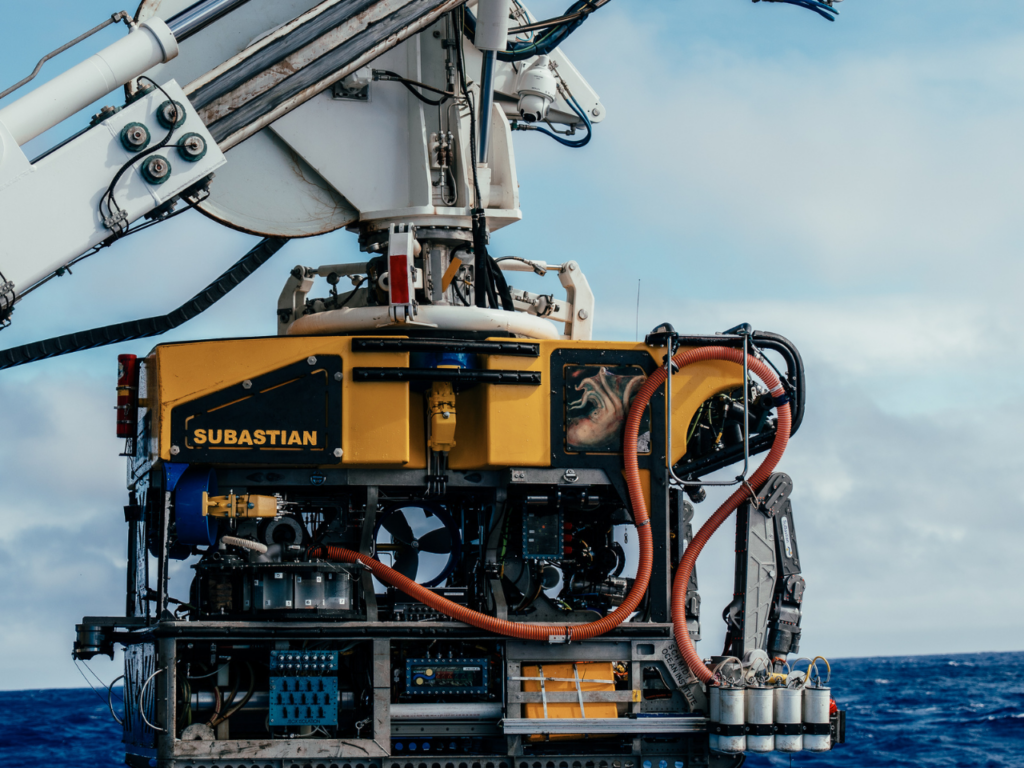

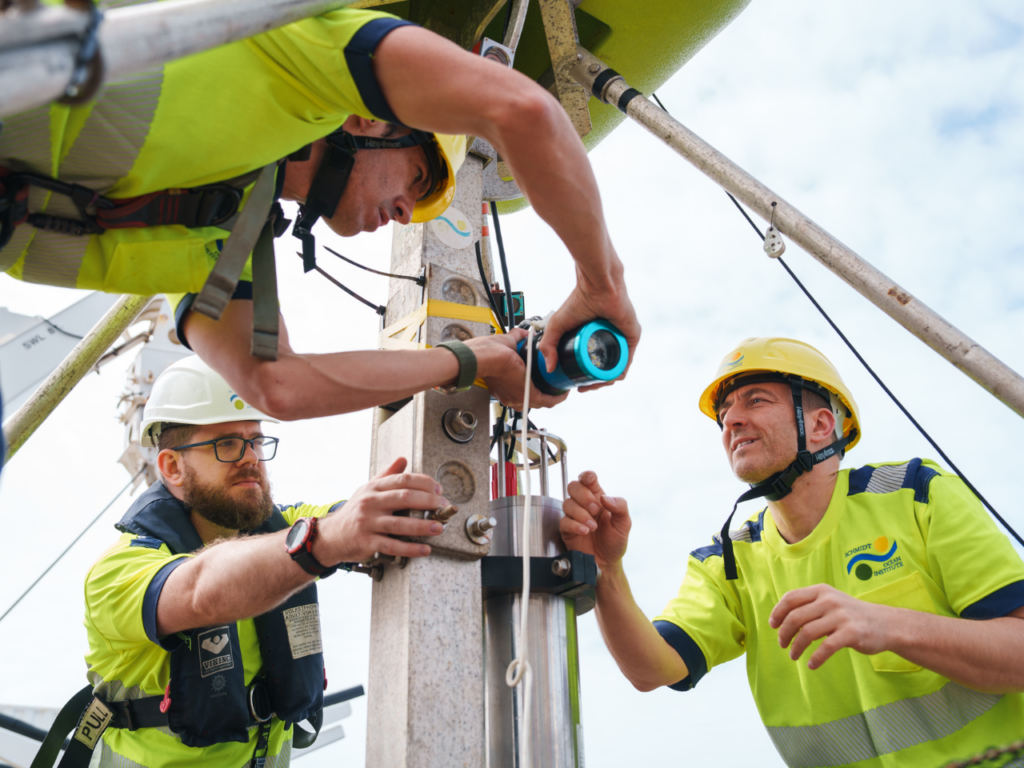

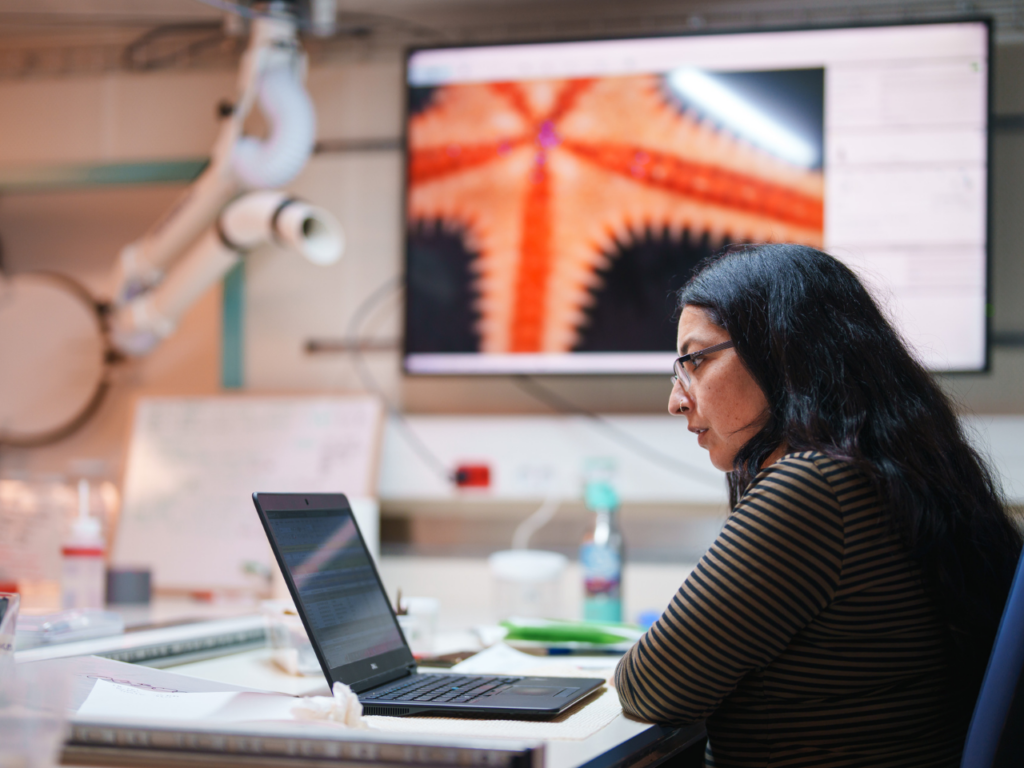
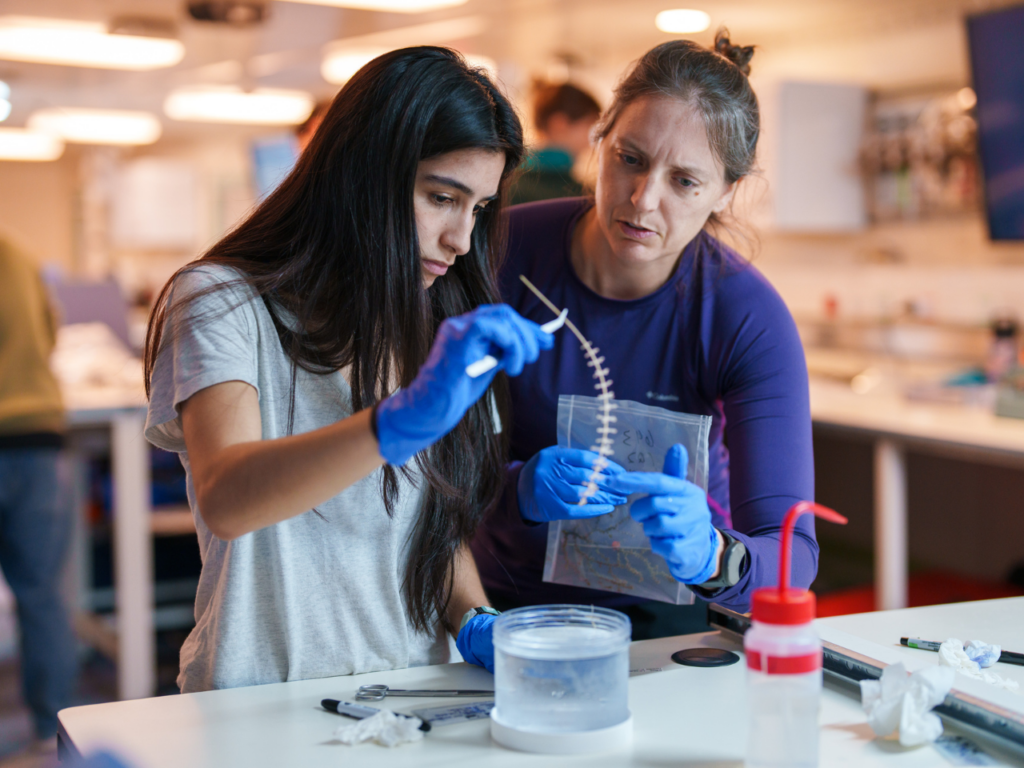
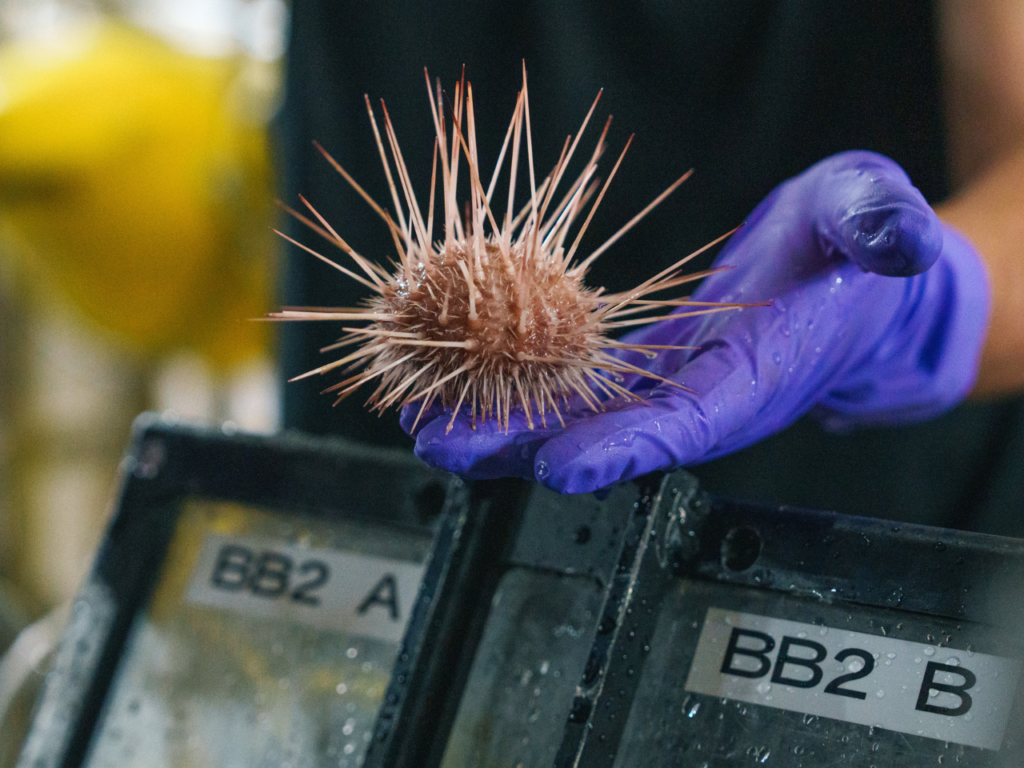


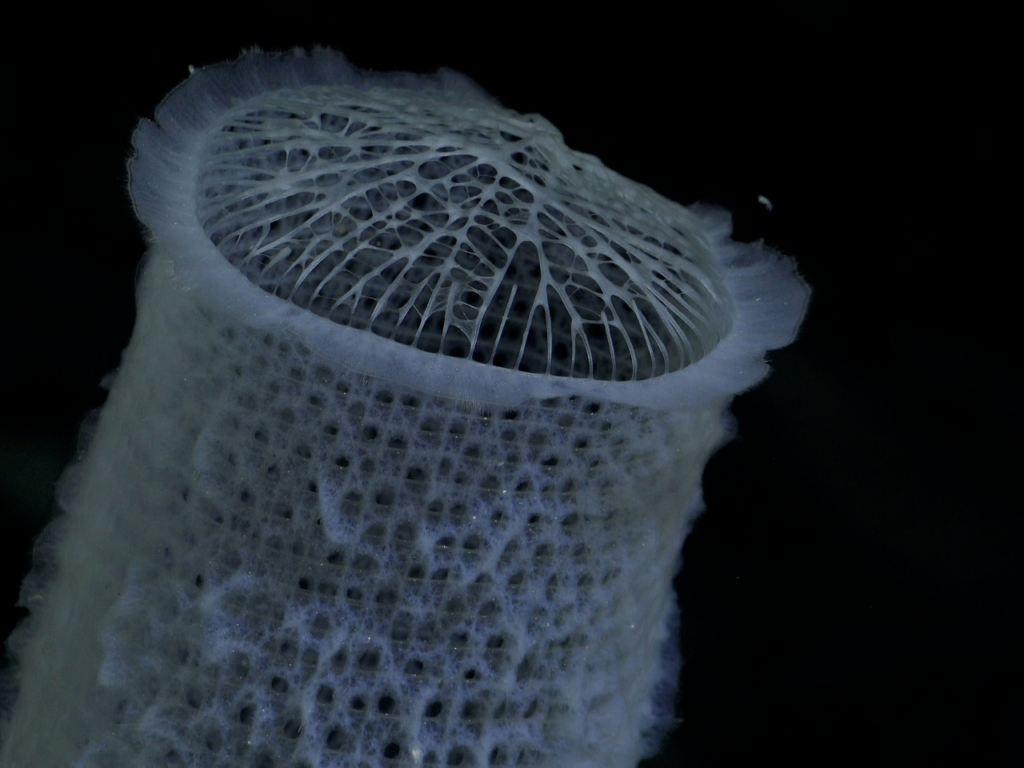

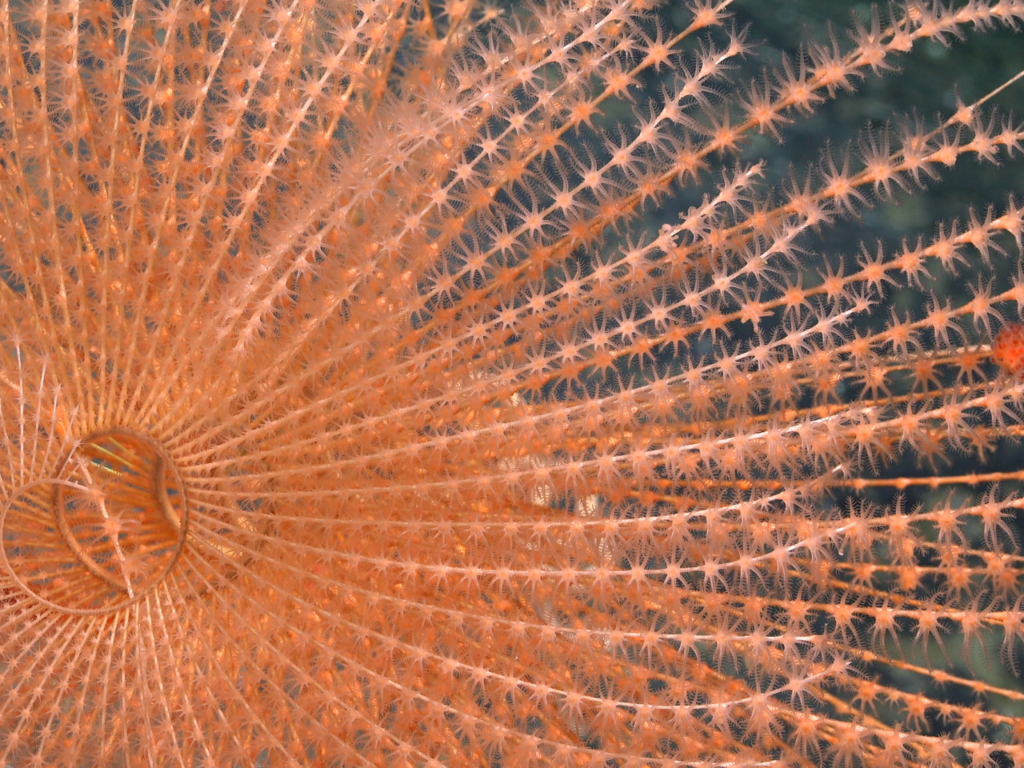
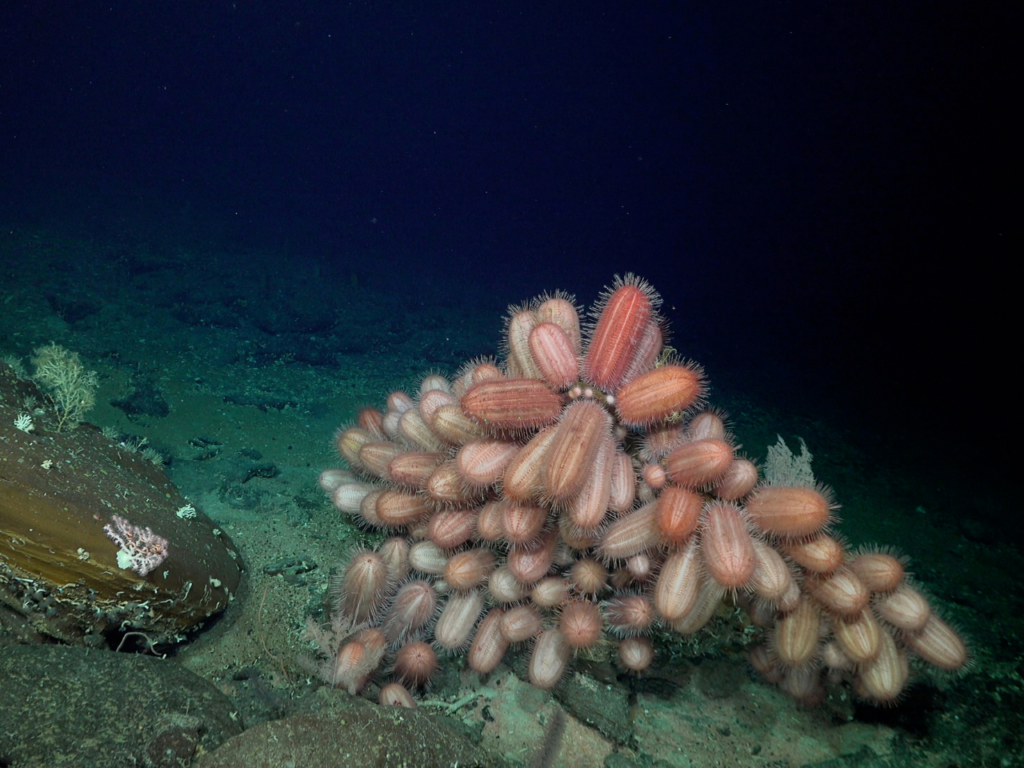

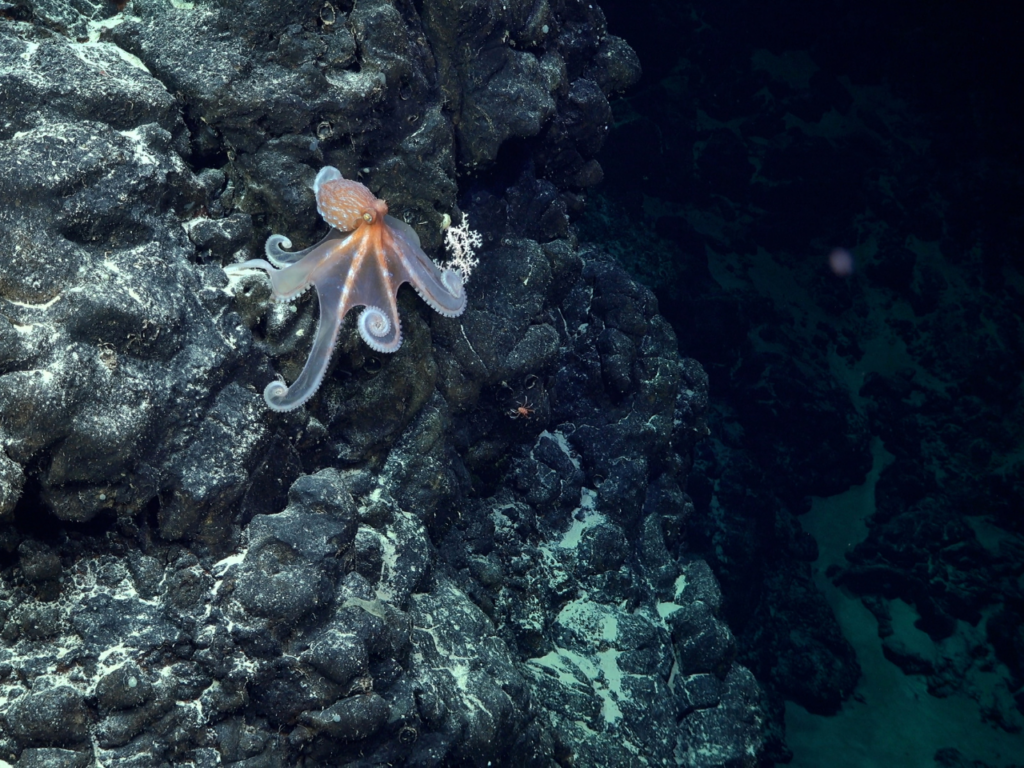
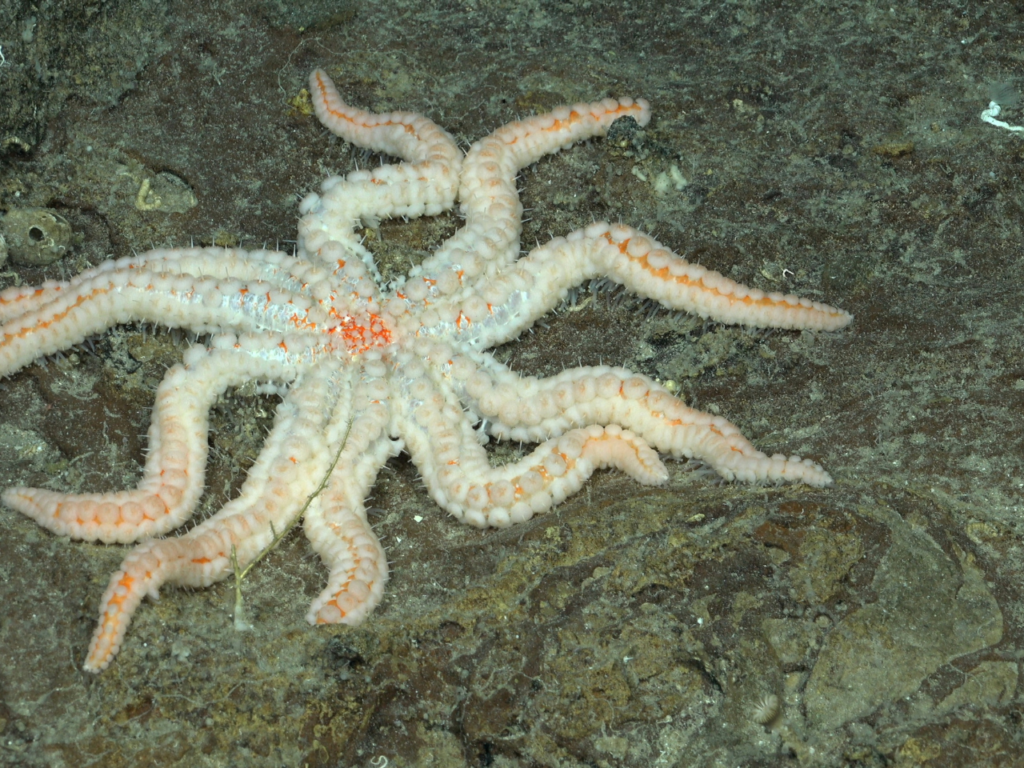



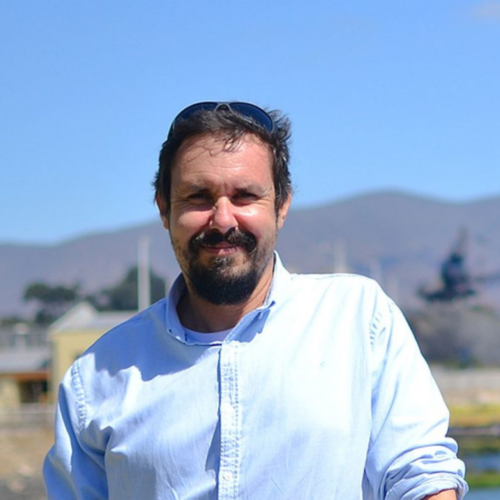
CHILEAN SEA, Chile — Setting sail on the R/V Falkor to explore the undersea mountains of Chile felt like a journey through the cosmos. Our robot SuBastian descended 4,500 meters below the surface, revealing a unique ecosystem.
We captured videos of several hundred species during the expedition: forests of ancient corals, clusters of cactus-spiked sea urchins, lobsters with bulging eyes and spiny legs, vibrant coral blooms, starfish, and sea lilies. The ghostly white sponge gardens clinging to the underwater mountains, rising thousands of meters from the seabed, left me awestruck.
We collected specimens for further study, and although many have been recorded elsewhere, at least 100 might be newly discovered species. This data remains crucial for potentially establishing the first protected area in international waters.
Read more environment stories at Orato World Media.
Boarding the R/V Falkor researcher joins sea expedition, could lead to new marine species
On board a smaller boat, enroute to the R/V Falkor of the Schmidt Ocean Institute, I felt incredibly small as the ship loomed large in front of me. Dwarfed by its magnitude, I felt like I was beginning the greatest adventure of my life. Stepping on board R/V Falkor, the magic of the ship enveloped me. On a corridor wall, I saw an excerpt from the book that inspired the movie The NeverEnding Story. It invited me to dream and stirred my emotions.
Many things on the ship had names inspired by The NeverEnding Story. The ship was named Falkor after the luckdragon; the underwater robot SuBastian derived its name from the 10-year-old boy from the film. Our jet boat Auryn was named after the powerful medallion belonging to the child empress.
Like The NeverEnding Story, we went on an exploration, only ours was in the ocean. With a smile, I closed my eyes and felt the wind as Falkor began to move. I felt the ship fly and thought of the famous line from the movie: “The best companion for an adventure is a dragon.” Our expedition took us deep into the Nazca and Juan Fernandez seamounts, and then into the Salas y Gomez chains.
These underwater mountains stretch across the seabed, passing through the waters of Peru and Chile and into international territories. They reveal incredible marine species along the way. The expeditions took place in two stages. The first ran from January 8 to February 11, 2024, and the second from late February until April 3.
Robot SuBastian descends 4,500 meters in Chilean sea, researchers witness dreamlike underwater landscape
When we deployed the remotely operated underwater robot (ROV) SuBastian, I felt total awe. Capable of descending 4,500 meters and equipped with sensors and cameras, SuBastian captures high-resolution photographs and videos. A massive machine, the robot boasts large robotic arms.
Meanwhile, entering the ship’s camera room felt like stepping into a NASA control center. I could barely contain my amazement as I viewed the videos and photos recorded by SuBastian on multiple monitors. We witnessed a nearly a 360-degree view. My excitement fluttered in my stomach like butterflies as the images rushed by before I could fully process them.
To control the robot’s arms, the ship contained miniature replicas that precisely mirrored its movements. These replicas allowed us to delicately pick up tiny sea creatures like starfish or snails, often just a centimeter or two in size. The manipulation felt almost like using one’s own hands. At the same time, the robotic arms could easily crush a rock. I felt like I was immersed in a science fiction movie. The monitors resembled windows to another world.
I saw marine sponges nearly a meter high, and bamboo corals that towered like majestic trees. Sea urchins, the size of melons, weighing three or four kilos, densely populated parts of the seabed. My heart raced as I took in these wonders. Brightly colored schools of fish surrounded us, along with glowing red lobsters and sponges at depths beyond 1,200 meters. Corals spiraled up from more than 1,400 meters. In some places, the water looked so clear that light penetrated deeply, illuminating the depths and transforming the scene into a breathtaking, dreamlike landscape.
Every moment of exploration reveals something new and exciting: “unexpectedly encountered the flying spaghetti monster”
I vividly recall sitting in the camera room when a particular little red fish suddenly appeared on screen, moving humorously underwater as if interacting with us. Its modified fins allowed it to “walk” on the seabed, and the high-quality footage captured this behavior beautifully. Its vibrant red color, which helps the fish remain invisible in the ocean’s deep blue depths where red light is absorbed first, seemed mesmerizing.
The corals proved impressively tall. SuBastian, which stands two meters high, had to tilt its camera upward to capture the tops of these underwater giants. The sweeping expanse of coral created majestic underwater forests, swaying gently with the current. During these explorations, we found pristine areas teeming with fish and sharks, providing a rare glimpse into the deep sea’s untouched beauty. A fascinating moment was the unexpected sighting of the “flying spaghetti monster,” which was both startling and awe-inspiring.
Exploring the deep sea felt like venturing into outer space, discovering new planets. The species around these underwater mountains are uniquely fascinating. Seamounts, located at least 1,000 kilometers from the coast, have a high level of endemism. More than half of their species are found nowhere else on the planet. This highlights the importance of their unique biodiversity that remains largely unknown. Each moment of exploration revealed something new and exciting.
The expedition enabled us to capture videos of several hundred species, while also collecting some specimens for further study. Most proved to be new records for the area, even though others previously documented them in other parts of the world. However, at least 100 could potentially be new to science.
Expedition exceeds expectations: data could contribute to establishing the first protected area in international waters
We far exceeded our expectations for this expedition, and now we face the task of analyzing the samples. We will thoroughly study each one to determine if they are newly discovered species.
These exploratory voyages, documenting the seafloor’s biodiversity and discovering new species, provide essential data that could help establish the first protected area in international waters.
In the vast, dark depths of our oceans dwell some of the most mysterious creatures, resembling life from another world. The deep sea remains one of the least explored and understood parts of our planet, a hidden realm brimming with life that we’re just beginning to uncover. I believe that the discoveries yet to come will be truly astounding.







